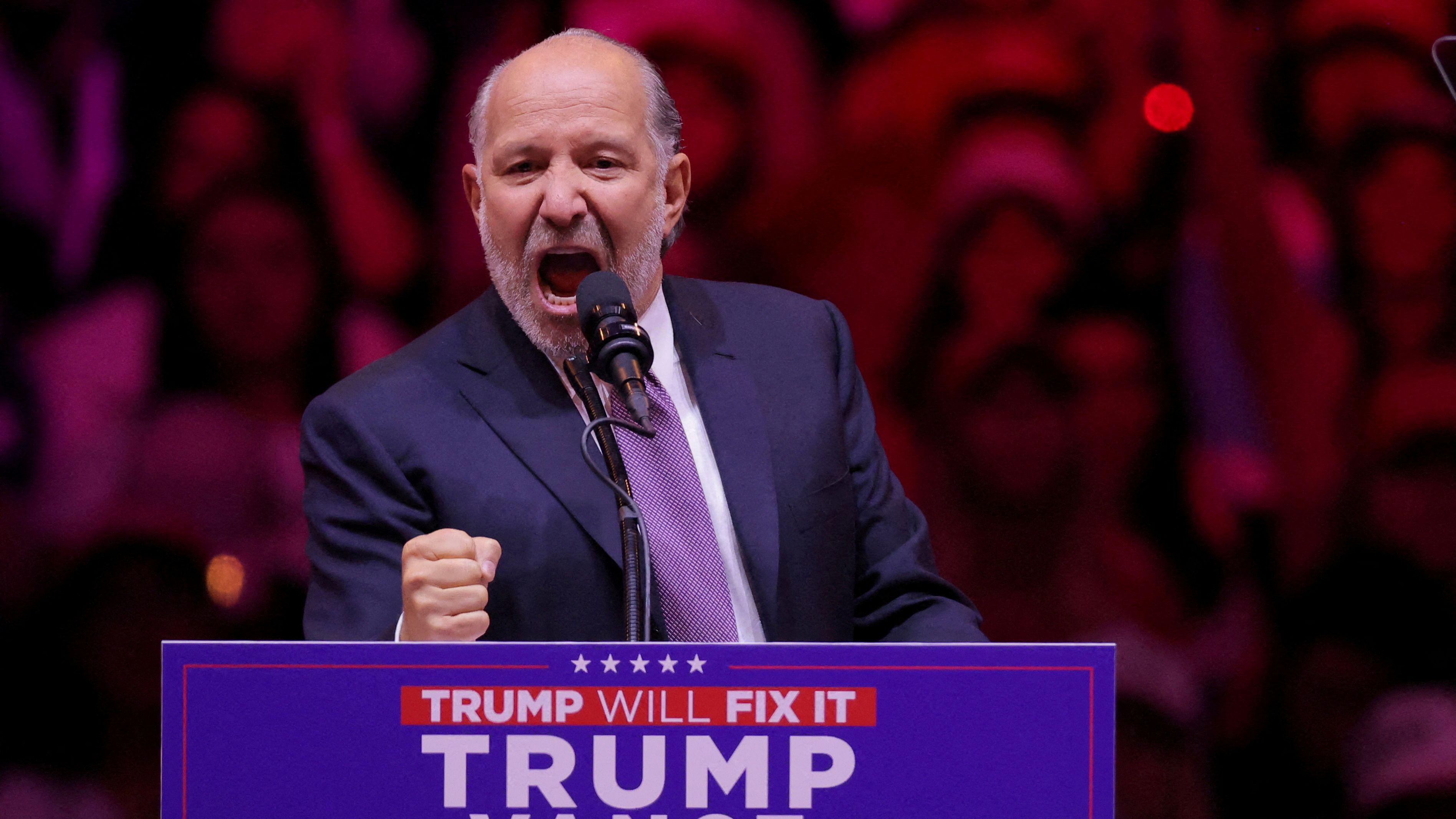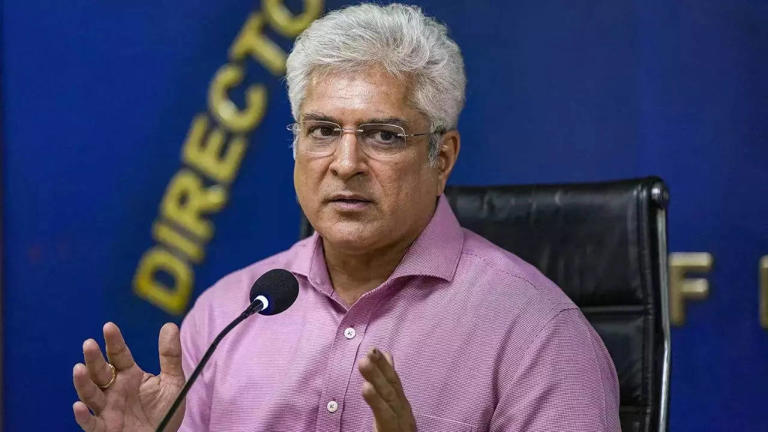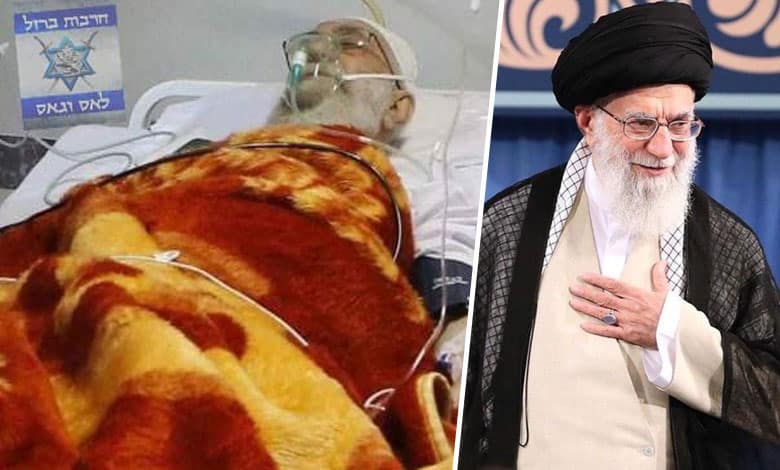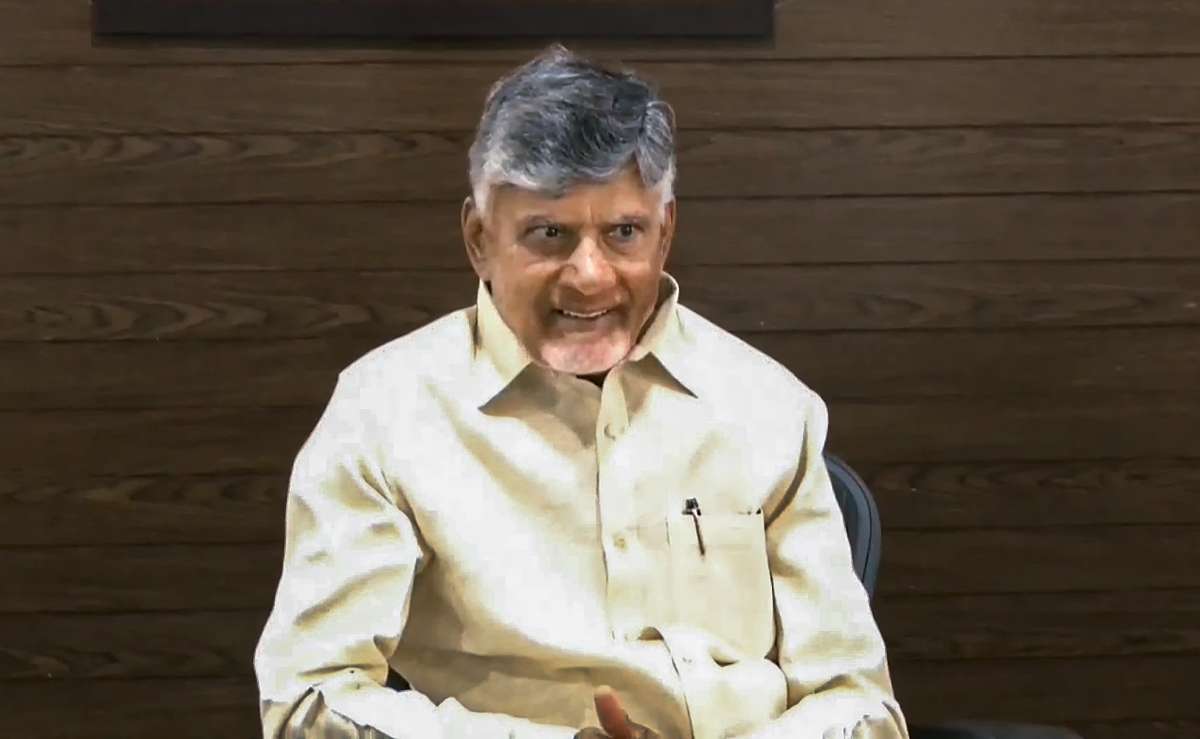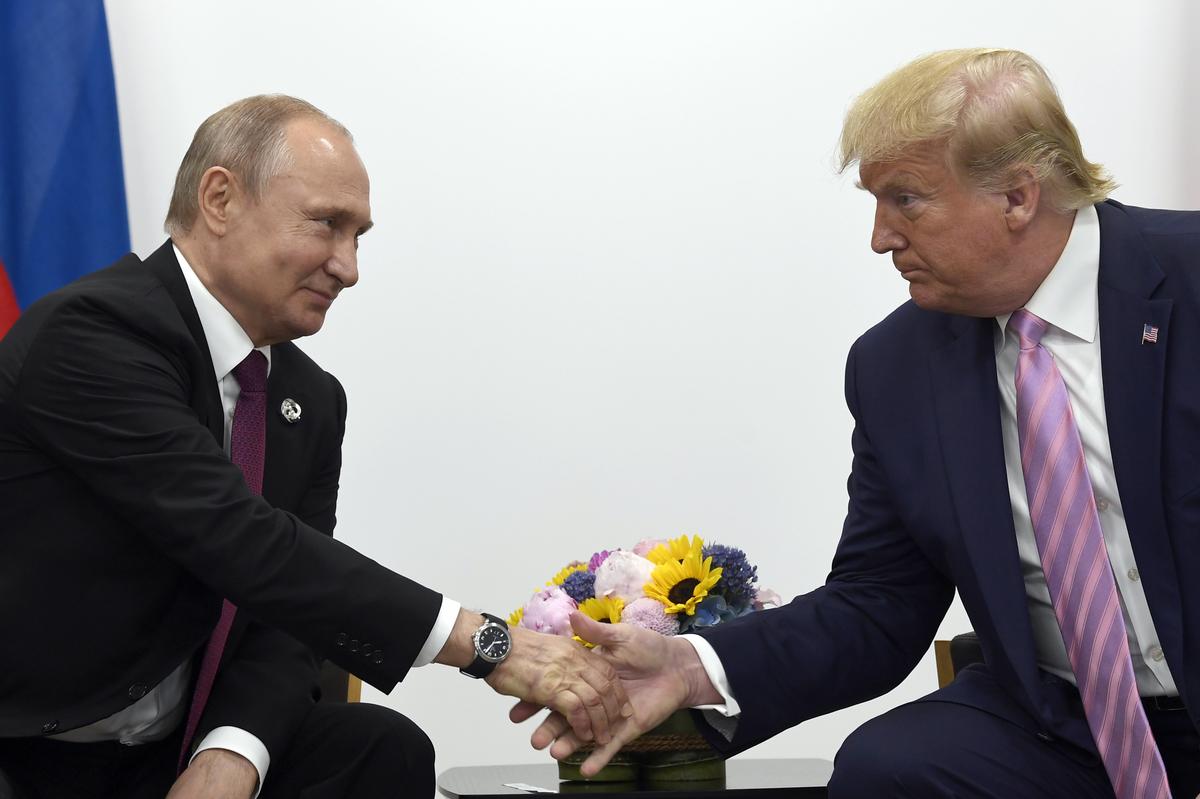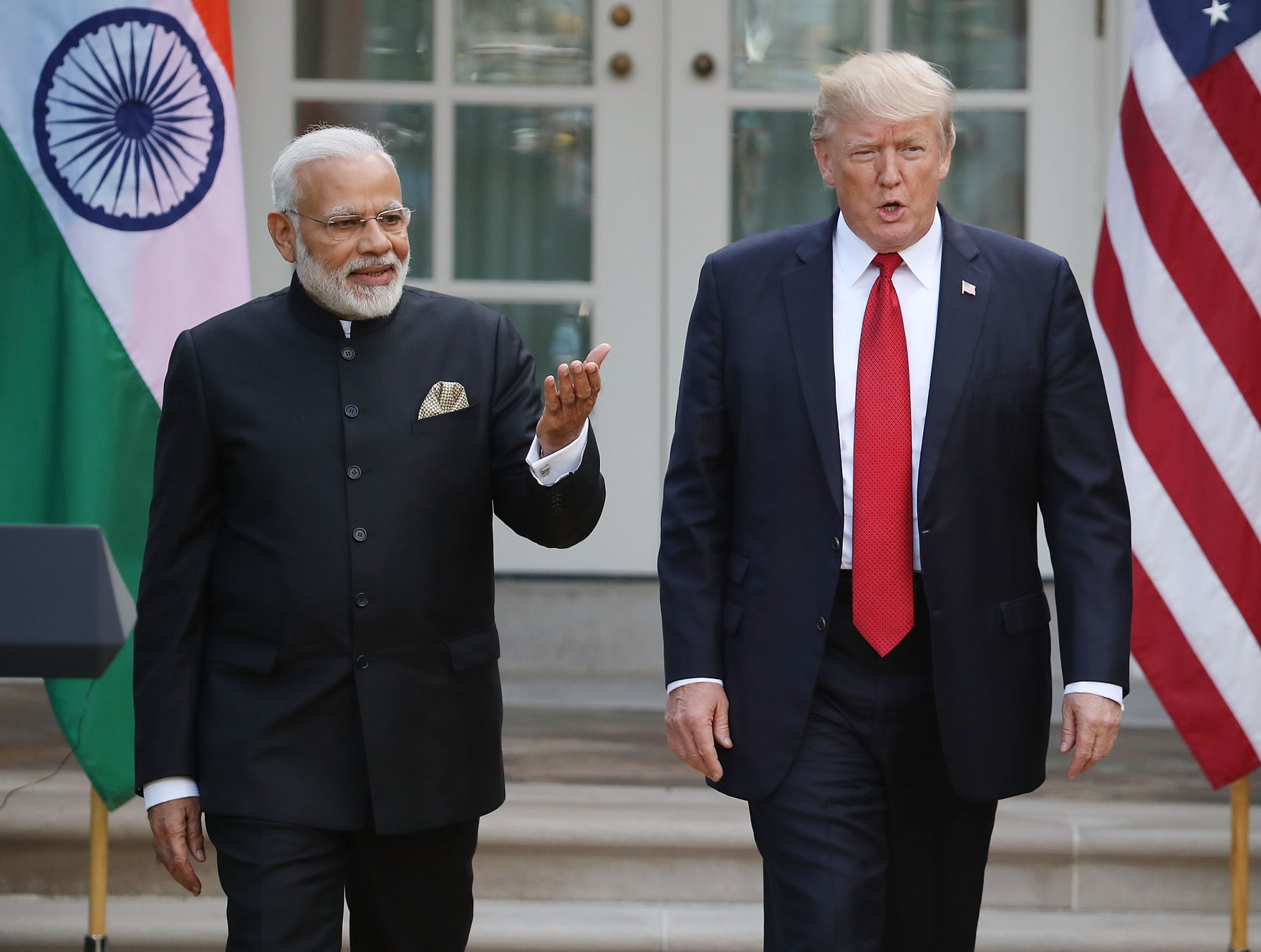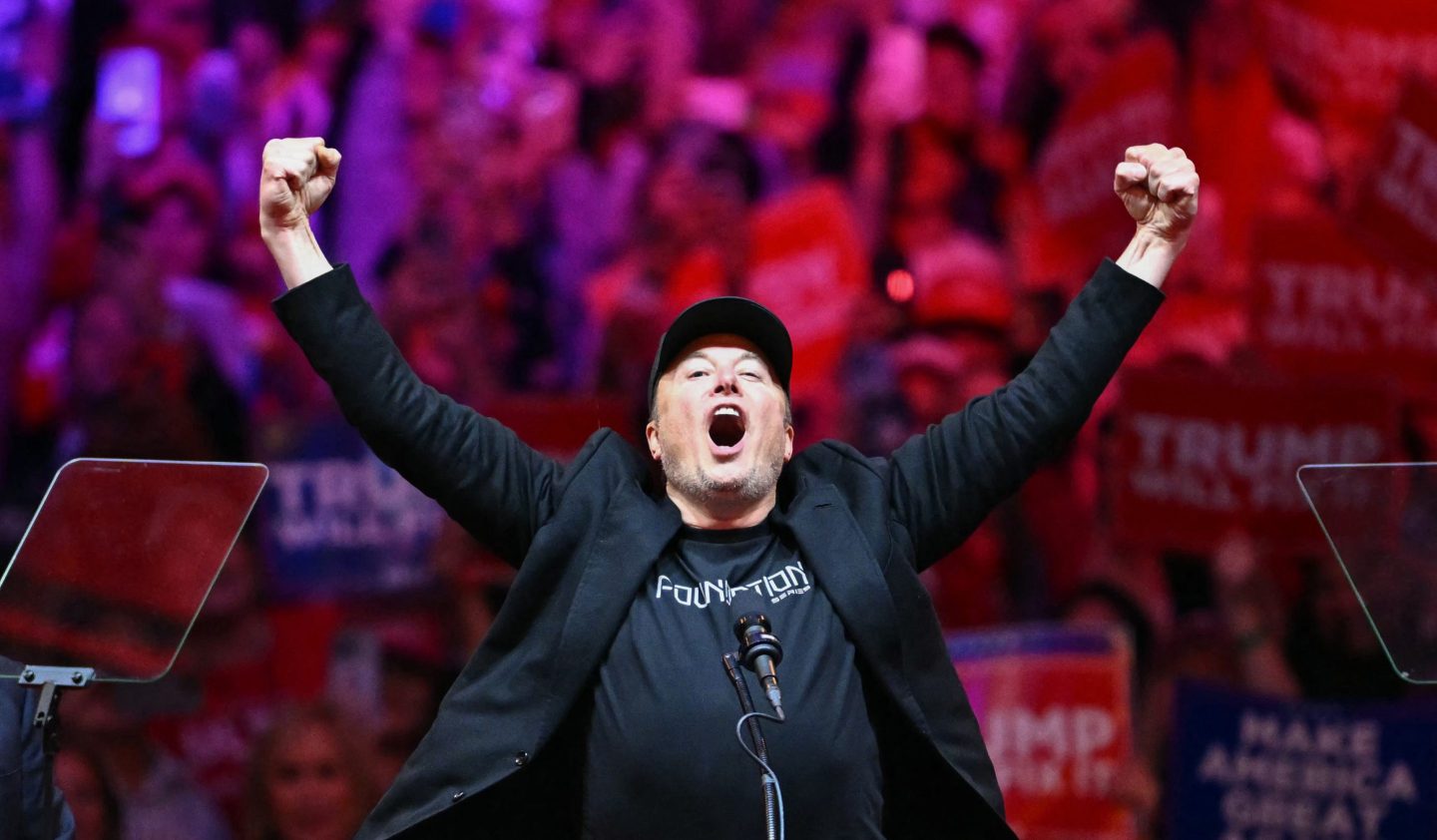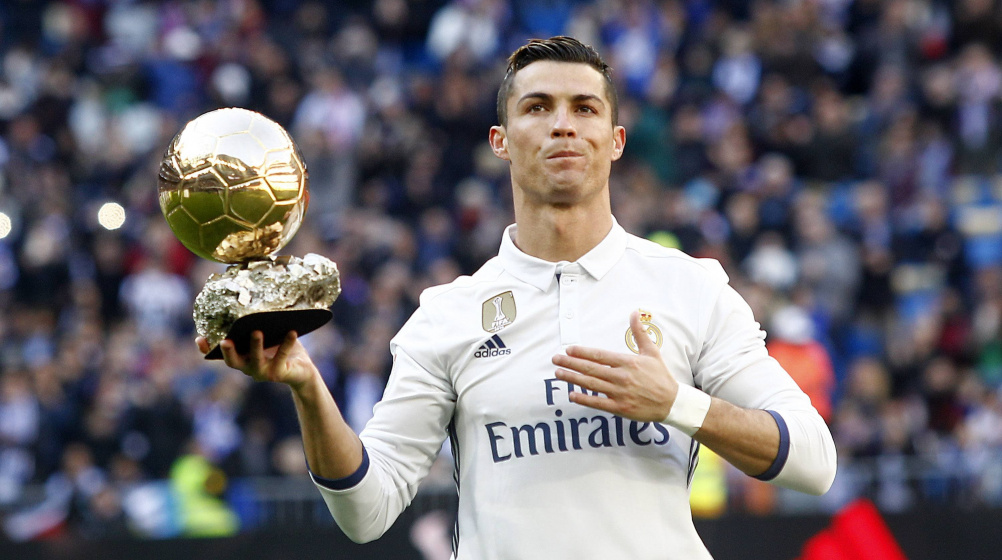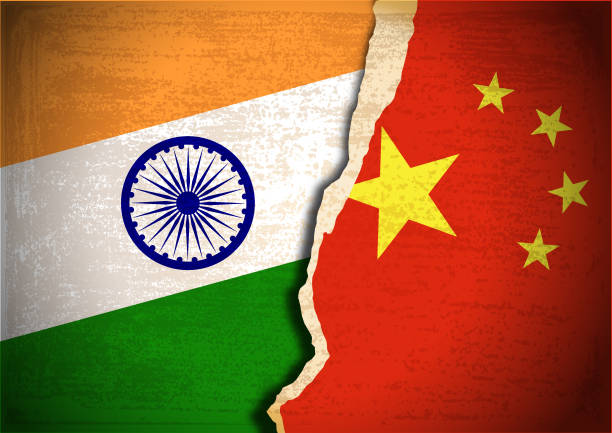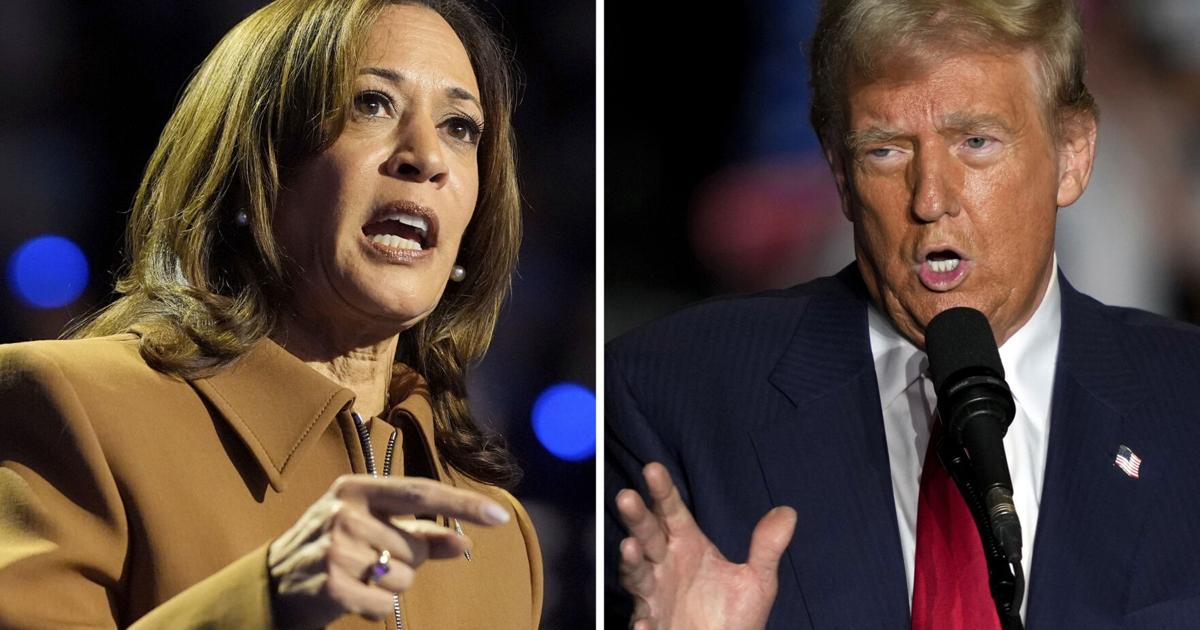Home / technology / Intel CEO Pat Gelsinger Steps Down Amid Leadership Turmoil
Intel CEO Pat Gelsinger Steps Down Amid Leadership Turmoil
By: My India Times
2 minutes read 567Updated At: 2024-12-03

Intel Corporation has announced the departure of its CEO, Pat Gelsinger, following a challenging tenure marked by ambitious strategies and significant hurdles. Gelsinger, who assumed the top role in early 2021, aimed to revitalize Intel's position as a leader in the semiconductor industry but faced mounting challenges during his time at the helm.
Visionary Plans Amid Tough Realities
Gelsinger embarked on an aggressive plan to restore Intel’s dominance, which had been overshadowed by competitors like AMD and Nvidia. His strategy included bold investments in semiconductor manufacturing, such as building advanced fabs in the U.S. and Europe to address reliance on overseas foundries. However, the execution of these plans proved costly and time-consuming, leading to immediate financial pressures.
Additionally, Intel experienced delays delivering cutting-edge technologies and struggled to keep up with Taiwan Semiconductor Manufacturing Company (TSMC), which continued to lead the industry in advanced chip production.
Investor Fatigue and Strategic Roadblocks
Though Gelsinger's vision of turning Intel into a manufacturing powerhouse resonated with industry insiders, the company's lackluster financial performance left investors skeptical. Despite attempts to signal a turnaround, Intel's stock value stagnated, and the company lost further market share in key segments. Growing discontent among investors and reports of internal leadership disagreements intensified pressure on Gelsinger’s administration.
Looking Ahead: Navigating the Leadership Transition
Gelsinger's exit leaves Intel at a crossroads. The global semiconductor industry is undergoing rapid evolution, with increasing demand driven by AI, cloud computing, and emerging technologies. Intel's board is tasked with identifying a successor who can steer the company through its current challenges and ensure its competitiveness in this fast-paced environment.
In the coming days, an interim CEO will be appointed, and the search for a permanent replacement has already begun. Intel's new leadership will have to balance ambitious long-term investments with the immediate need for innovation and market stability.
Legacy and Future Prospects
Although Gelsinger’s tenure did not deliver the transformative results many had hoped for, his efforts to reestablish Intel’s manufacturing capacity and global reach have laid a foundation for future recovery. The company now faces the critical task of aligning its leadership, strategy, and innovation to reclaim its standing in the semiconductor industry.
With this leadership change, Intel seeks to redefine its role in an increasingly competitive and technologically driven environment.
....Intel Corporation has announced the departure of its CEO, Pat Gelsinger, following a challenging tenure marked by ambitious strategies and significant hurdles. Gelsinger, who assumed the top role in early 2021, aimed to revitalize Intel's position as a leader in the semiconductor industry but faced mounting challenges during his time at the helm.
Visionary Plans Amid Tough Realities
Gelsinger embarked on an aggressive plan to restore Intel’s dominance, which had been overshadowed by competitors like AMD and Nvidia. His strategy included bold investments in semiconductor manufacturing, such as building advanced fabs in the U.S. and Europe to address reliance on overseas foundries. However, the execution of these plans proved costly and time-consuming, leading to immediate financial pressures.
Additionally, Intel experienced delays delivering cutting-edge technologies and struggled to keep up with Taiwan Semiconductor Manufacturing Company (TSMC), which continued to lead the industry in advanced chip production.
Investor Fatigue and Strategic Roadblocks
Though Gelsinger's vision of turning Intel into a manufacturing powerhouse resonated with industry insiders, the company's lackluster financial performance left investors skeptical. Despite attempts to signal a turnaround, Intel's stock value stagnated, and the company lost further market share in key segments. Growing discontent among investors and reports of internal leadership disagreements intensified pressure on Gelsinger’s administration.
Looking Ahead: Navigating the Leadership Transition
Gelsinger's exit leaves Intel at a crossroads. The global semiconductor industry is undergoing rapid evolution, with increasing demand driven by AI, cloud computing, and emerging technologies. Intel's board is tasked with identifying a successor who can steer the company through its current challenges and ensure its competitiveness in this fast-paced environment.
In the coming days, an interim CEO will be appointed, and the search for a permanent replacement has already begun. Intel's new leadership will have to balance ambitious long-term investments with the immediate need for innovation and market stability.
Legacy and Future Prospects
Although Gelsinger’s tenure did not deliver the transformative results many had hoped for, his efforts to reestablish Intel’s manufacturing capacity and global reach have laid a foundation for future recovery. The company now faces the critical task of aligning its leadership, strategy, and innovation to reclaim its standing in the semiconductor industry.
With this leadership change, Intel seeks to redefine its role in an increasingly competitive and technologically driven environment.
By: My India Times
Updated At: 2024-12-03
Tags: technology News | My India Times News | Trending News | Travel News
Join our WhatsApp Channel















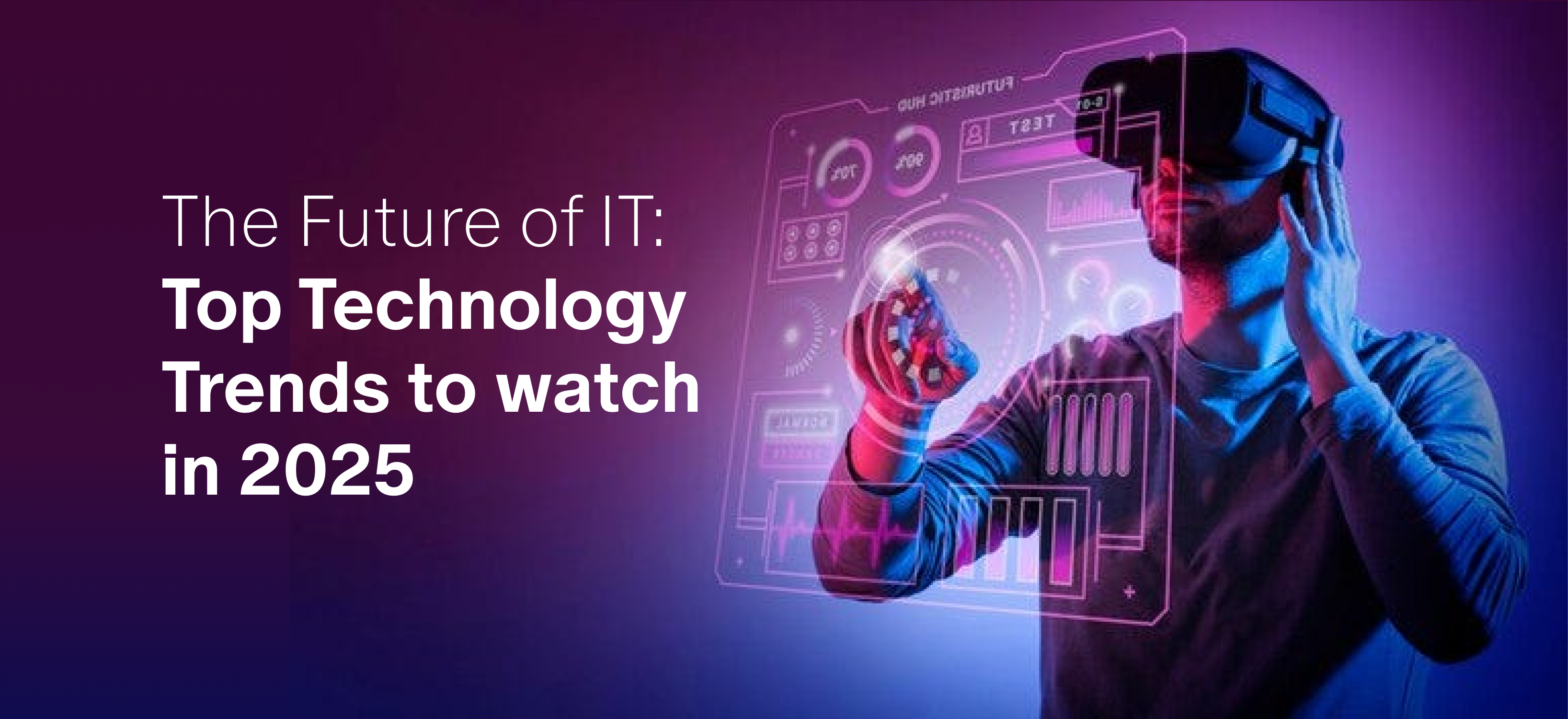





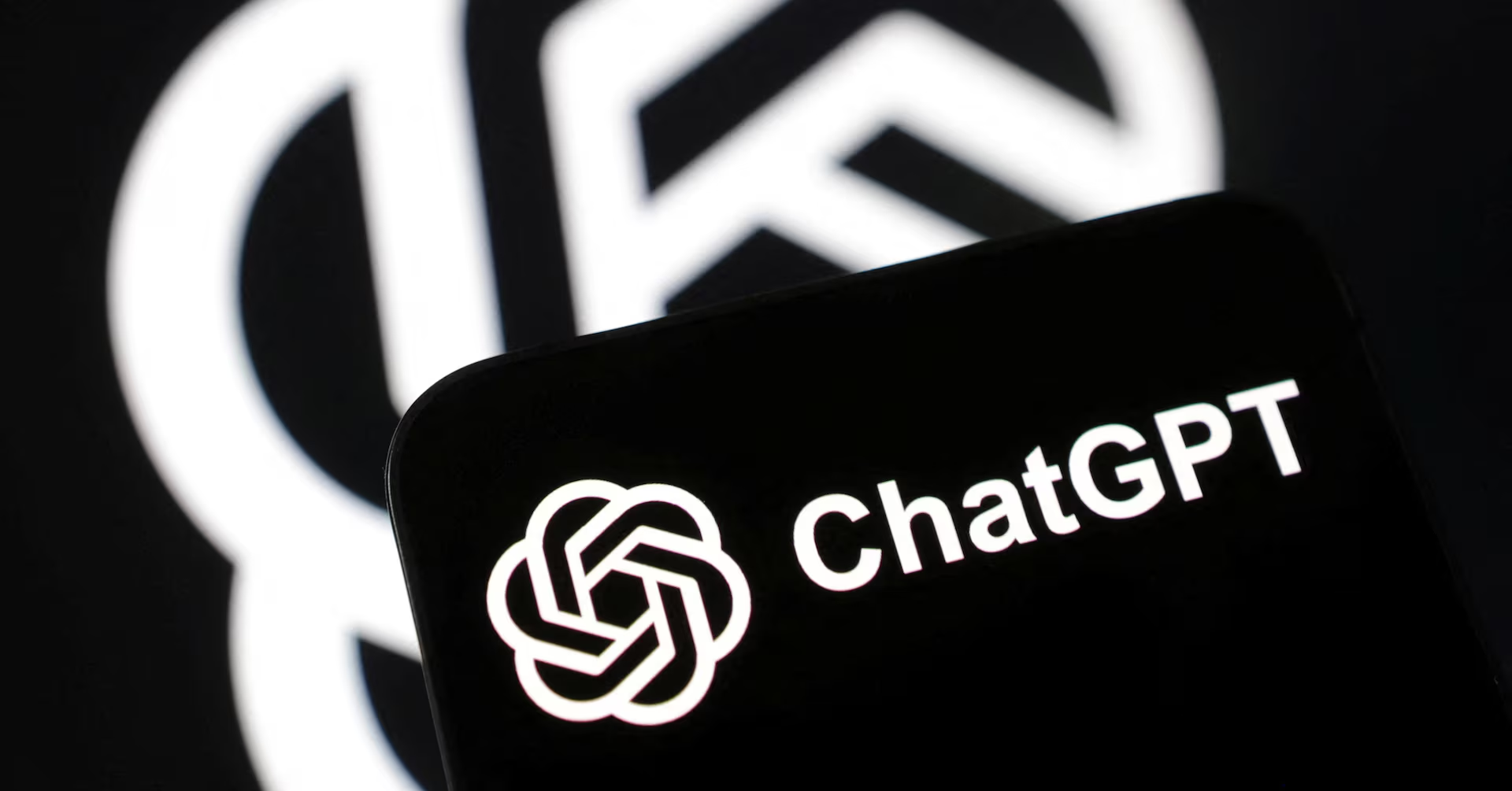




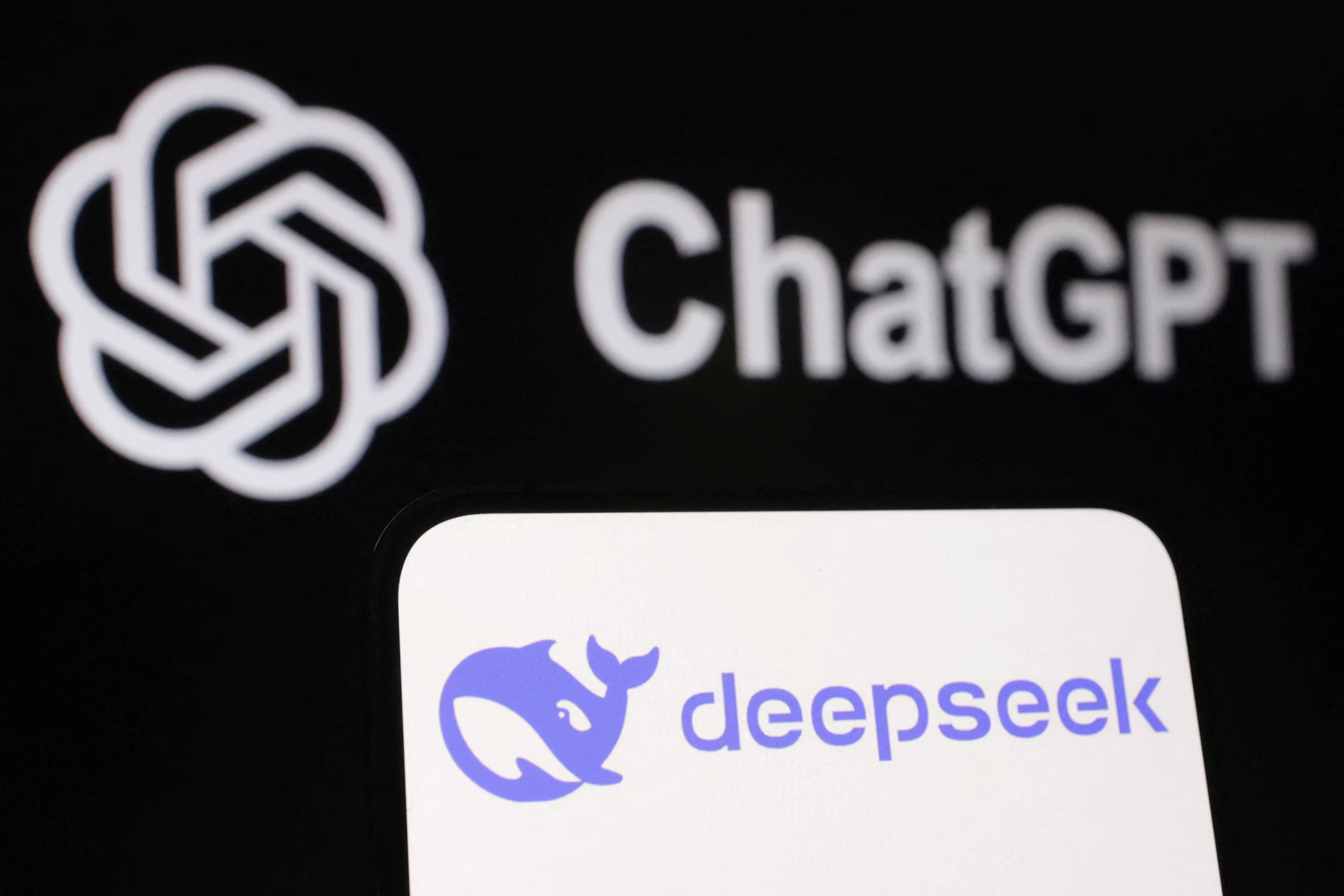

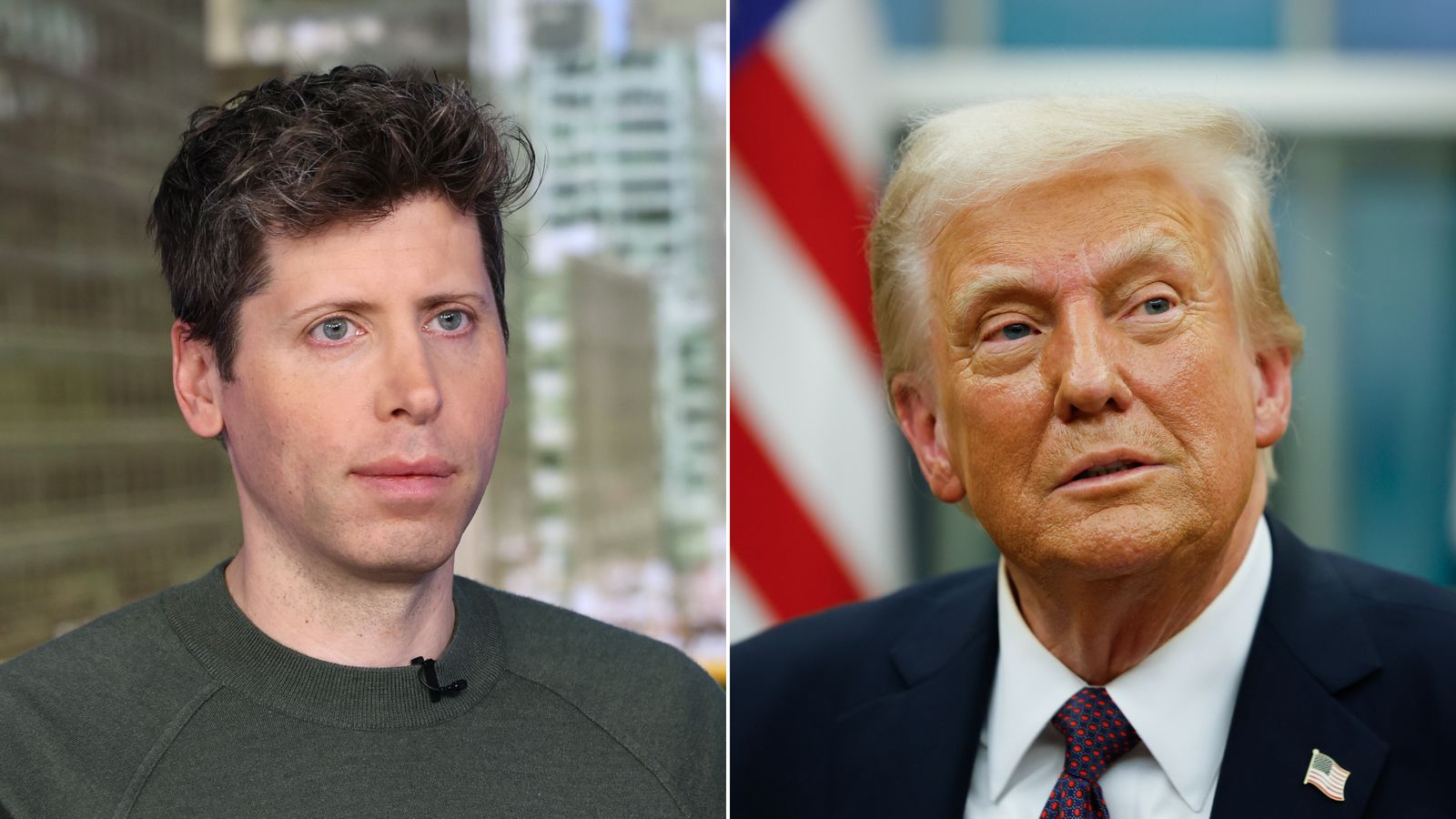



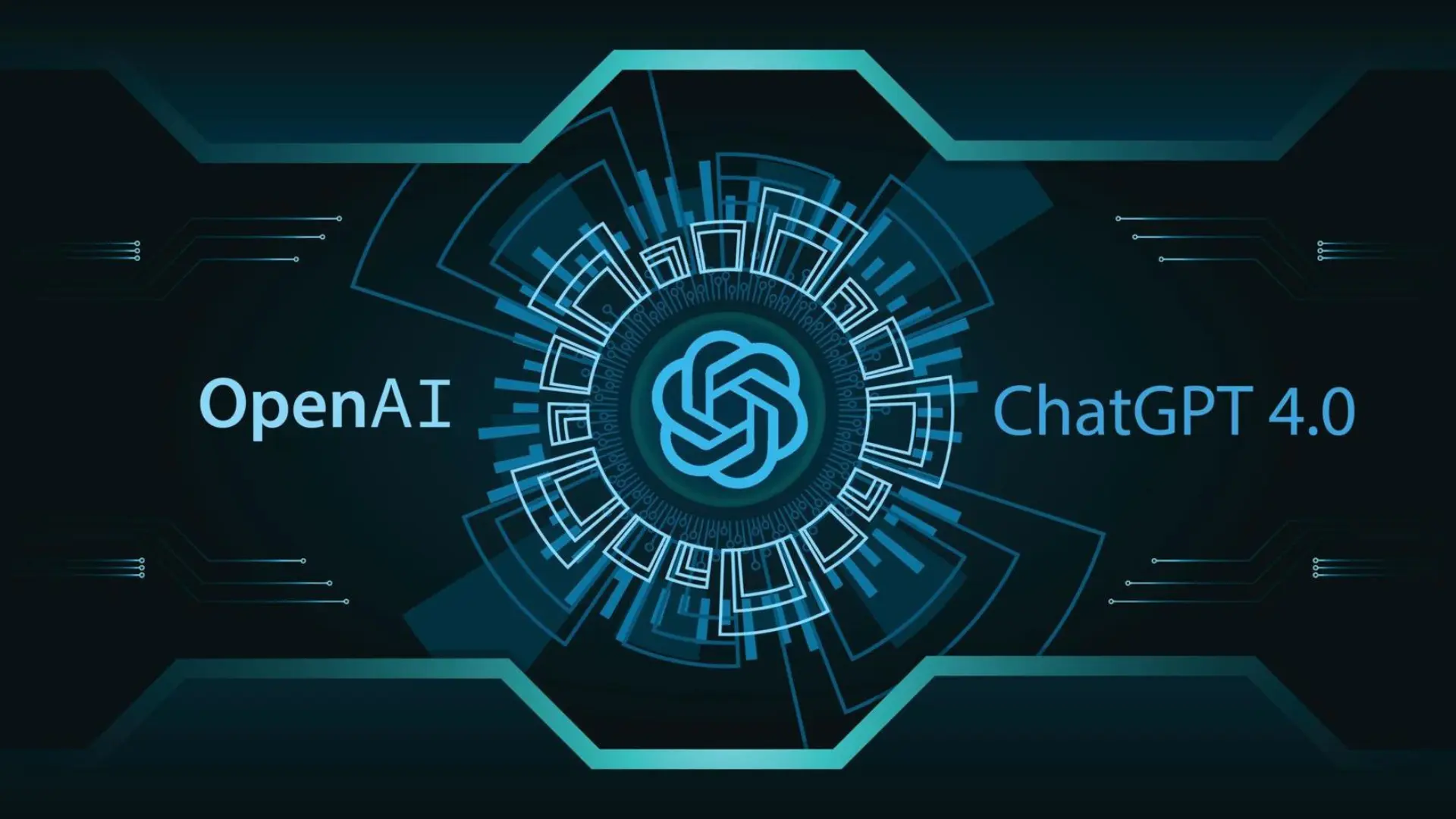

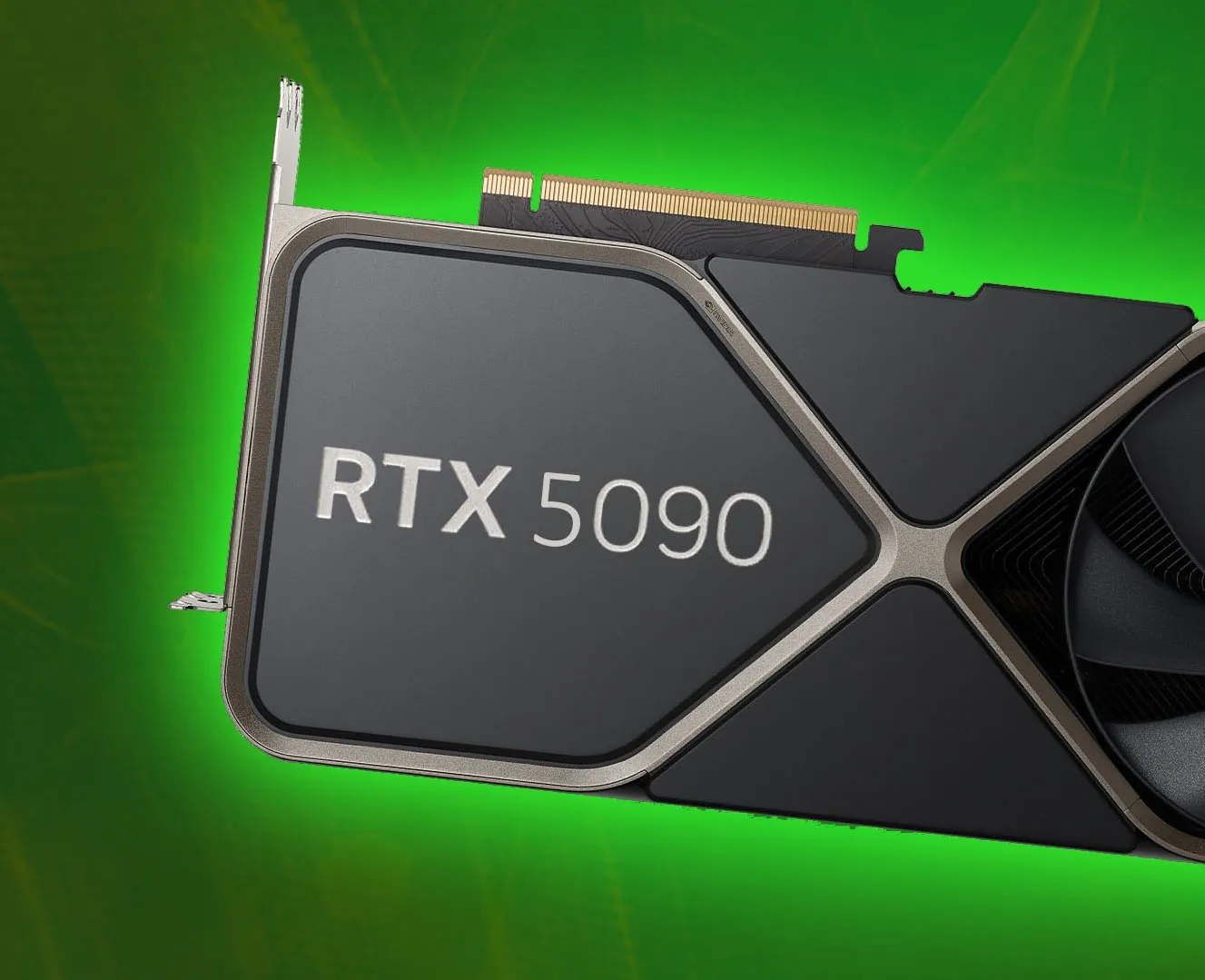











.jpg)



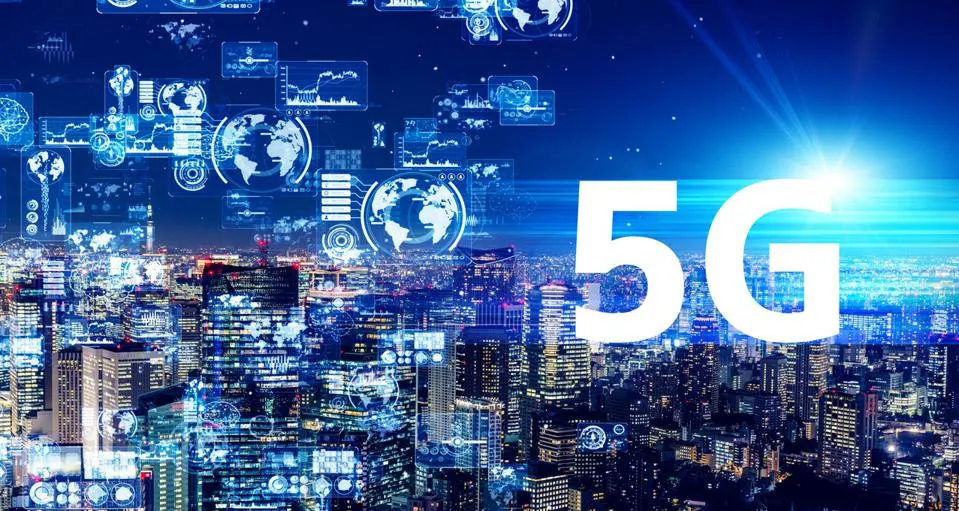







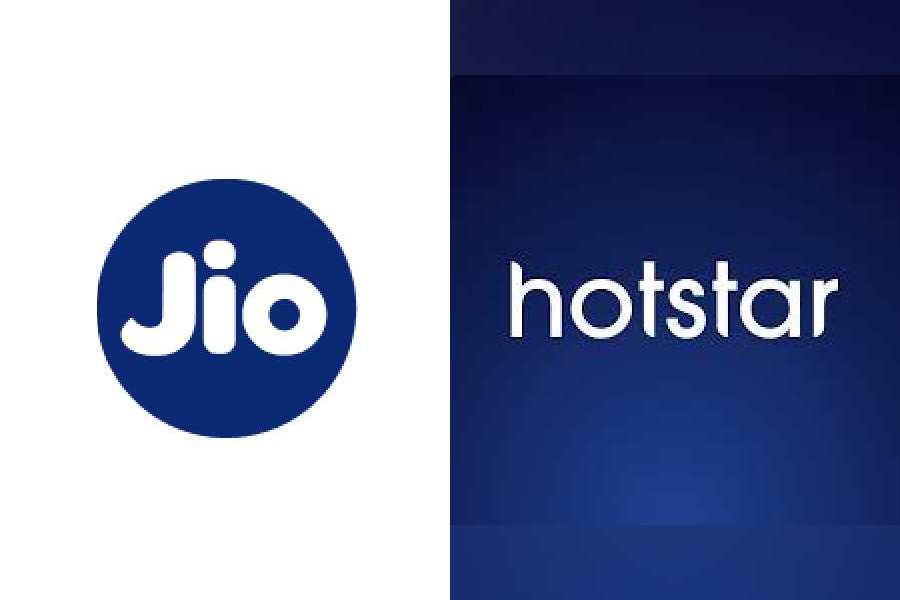





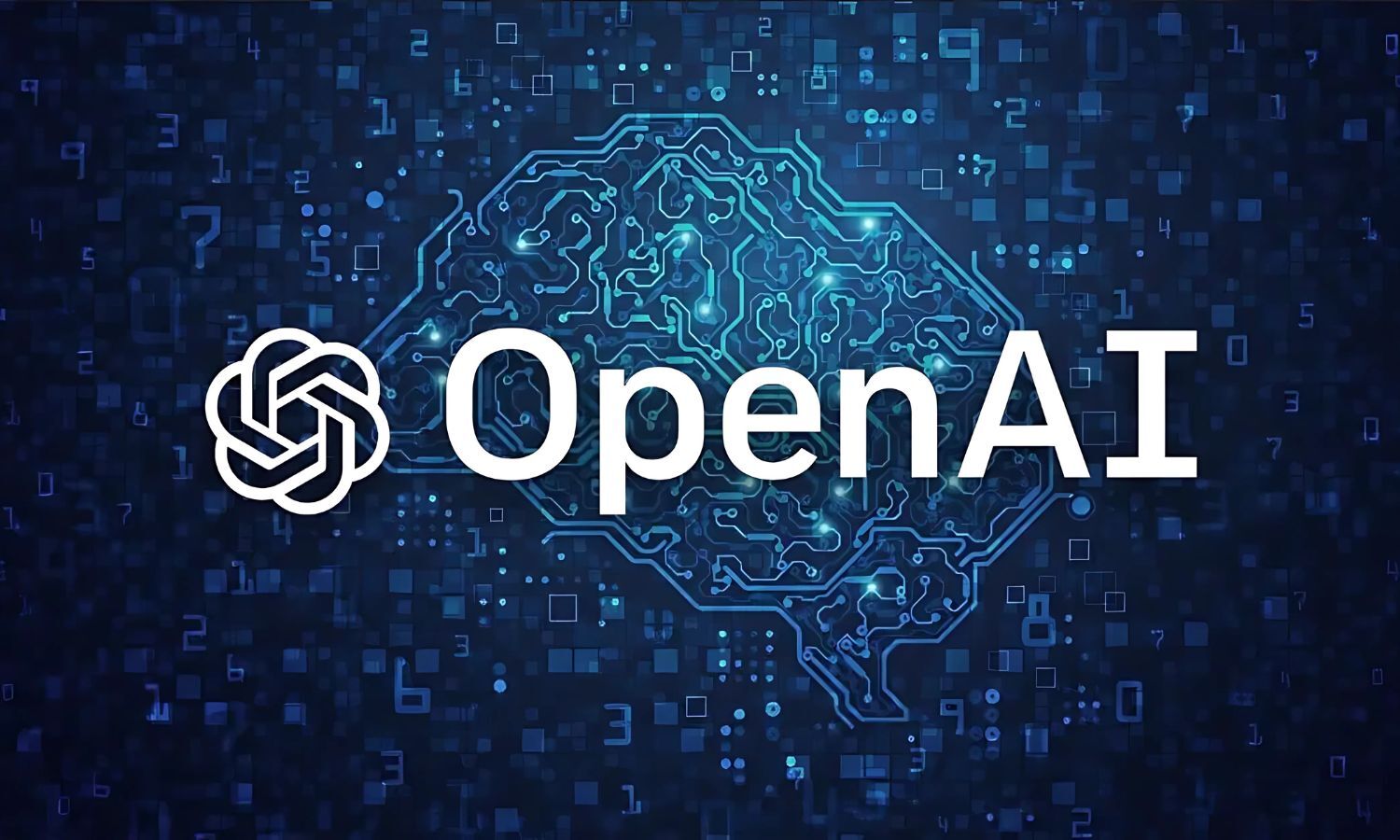




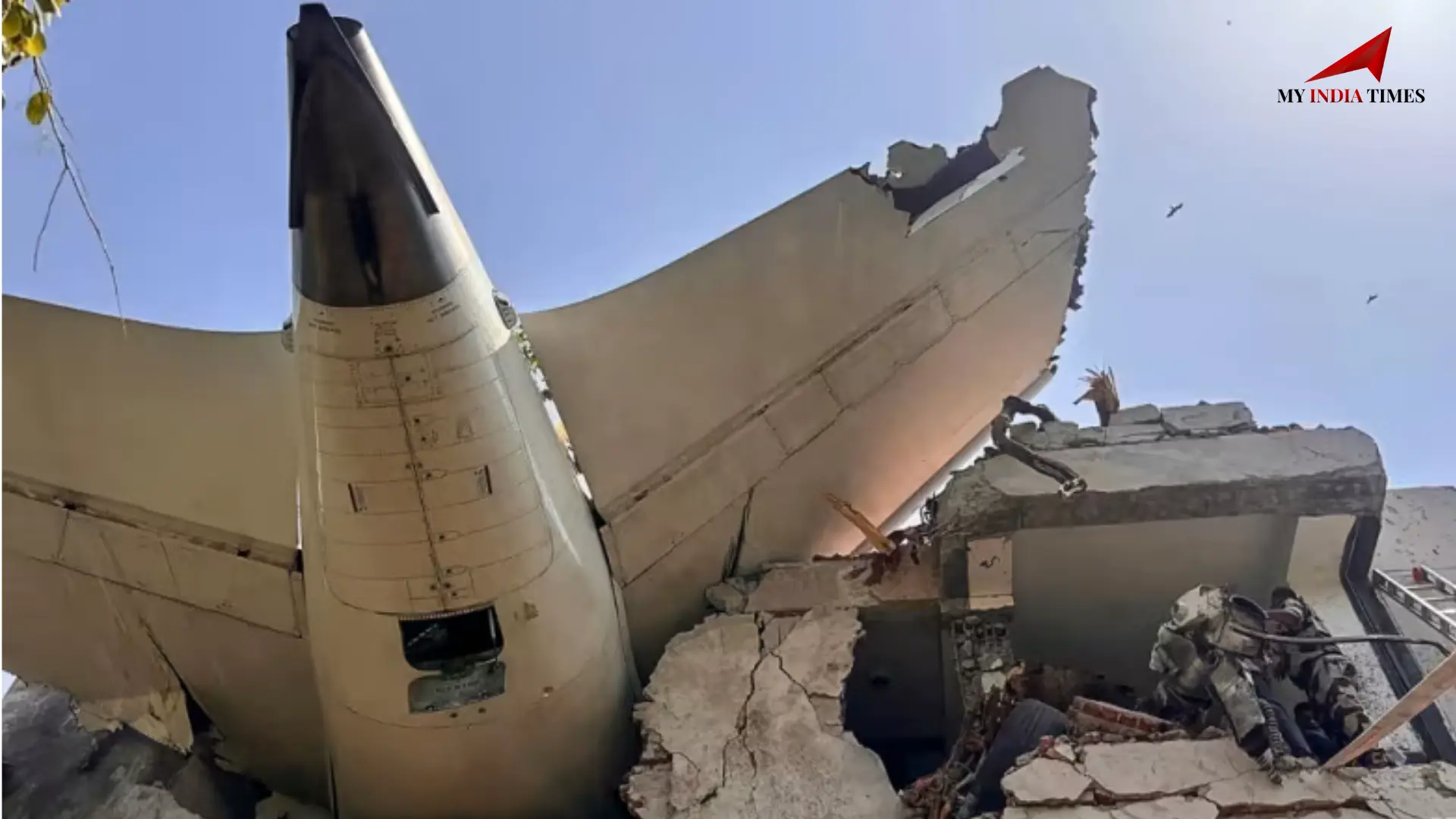
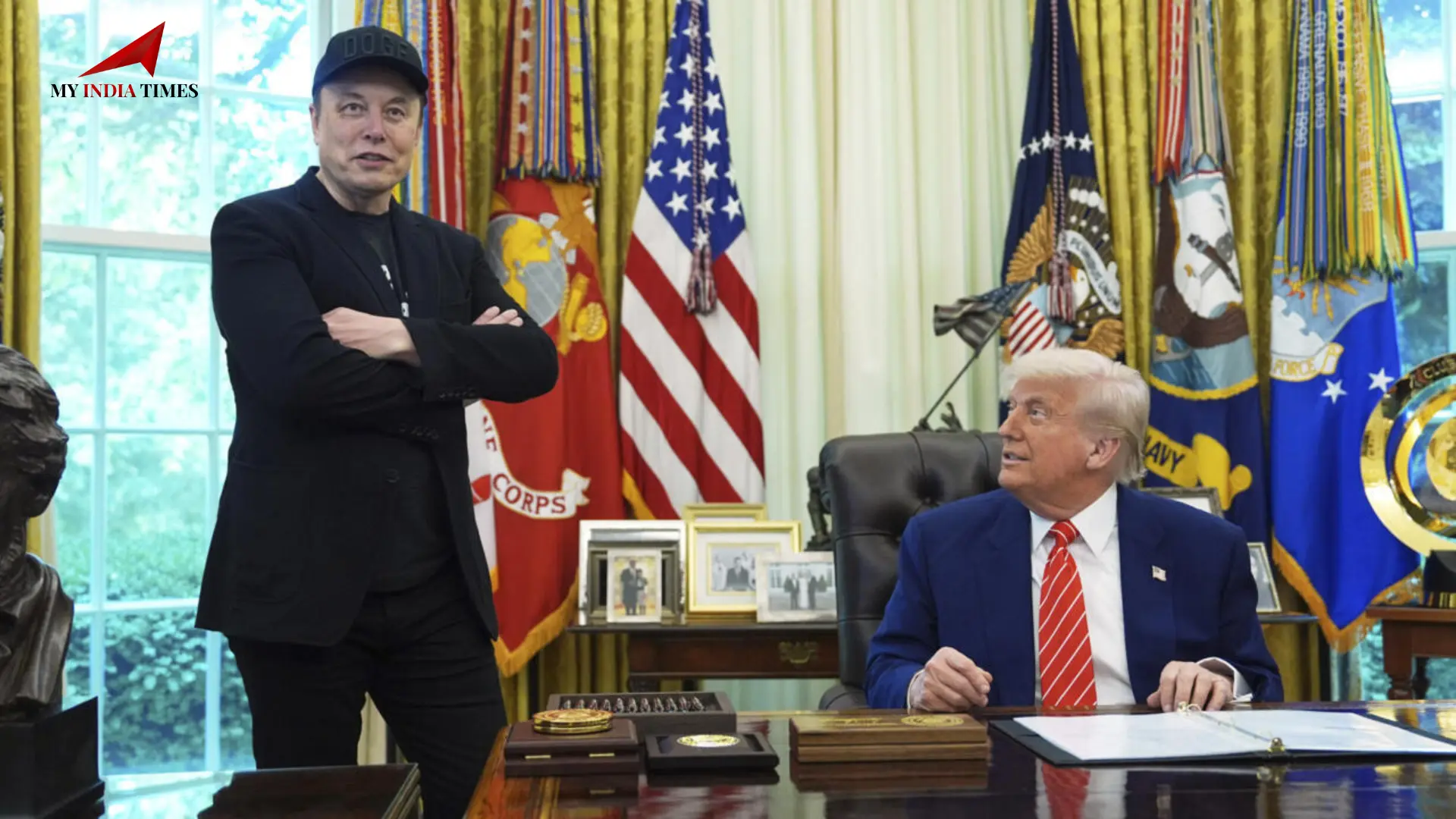



















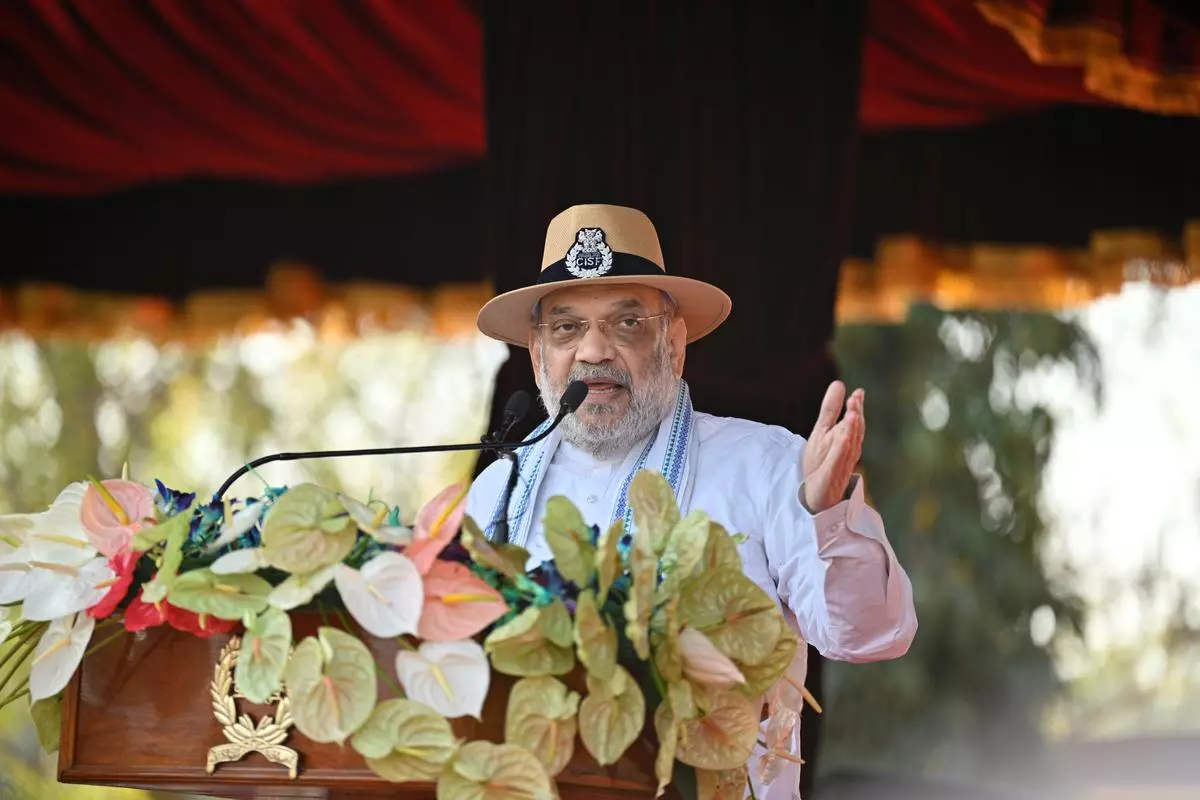






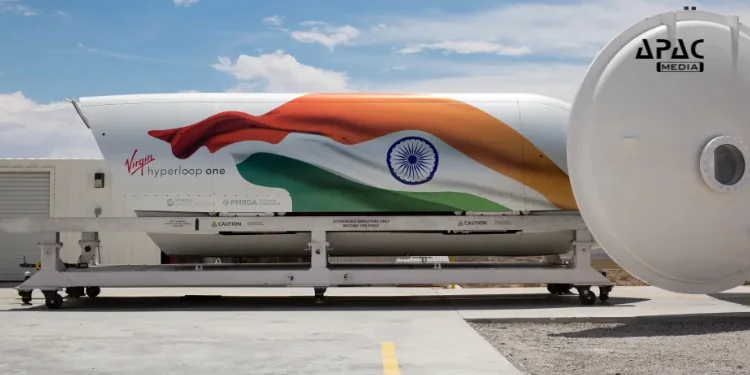

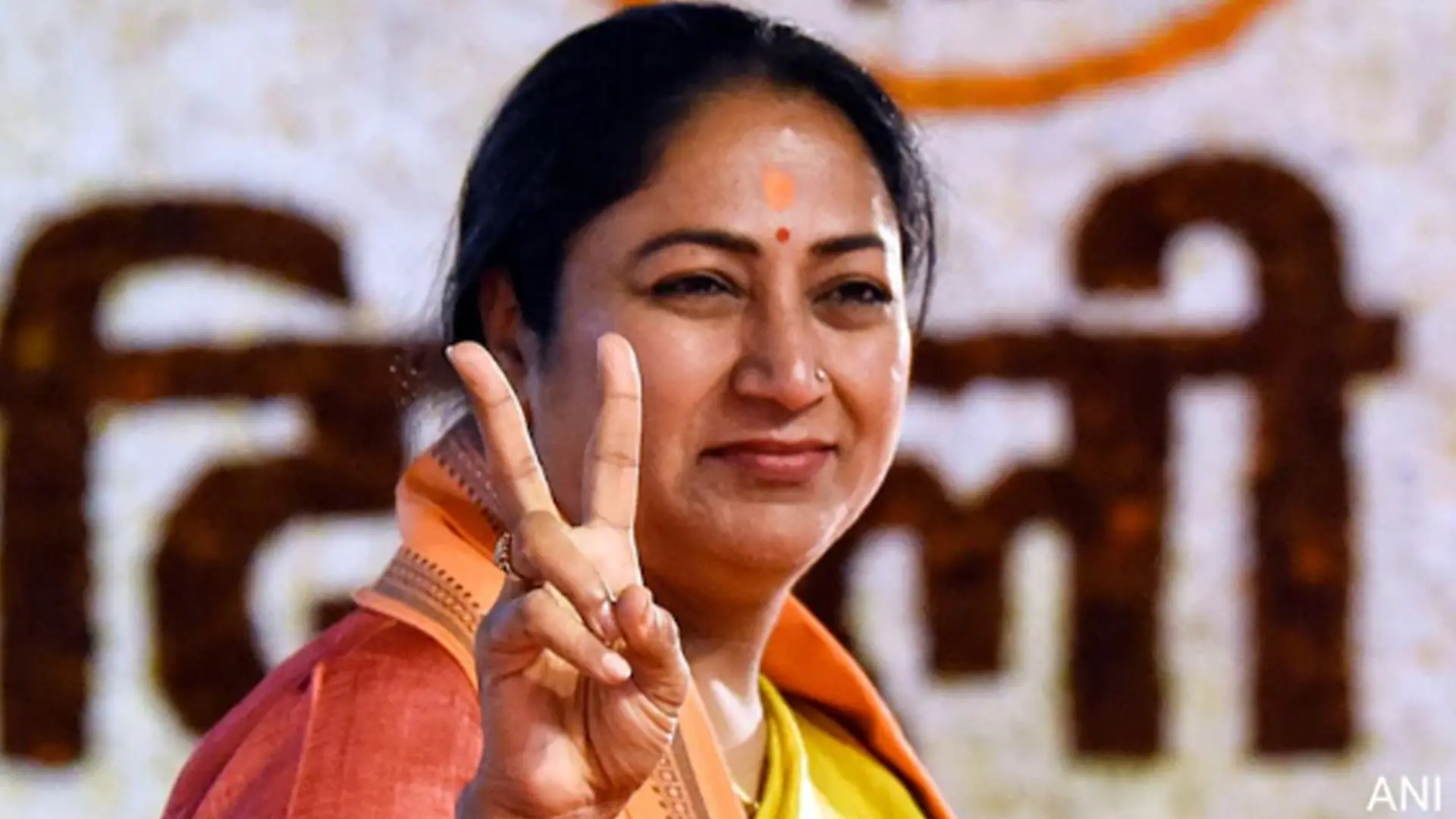



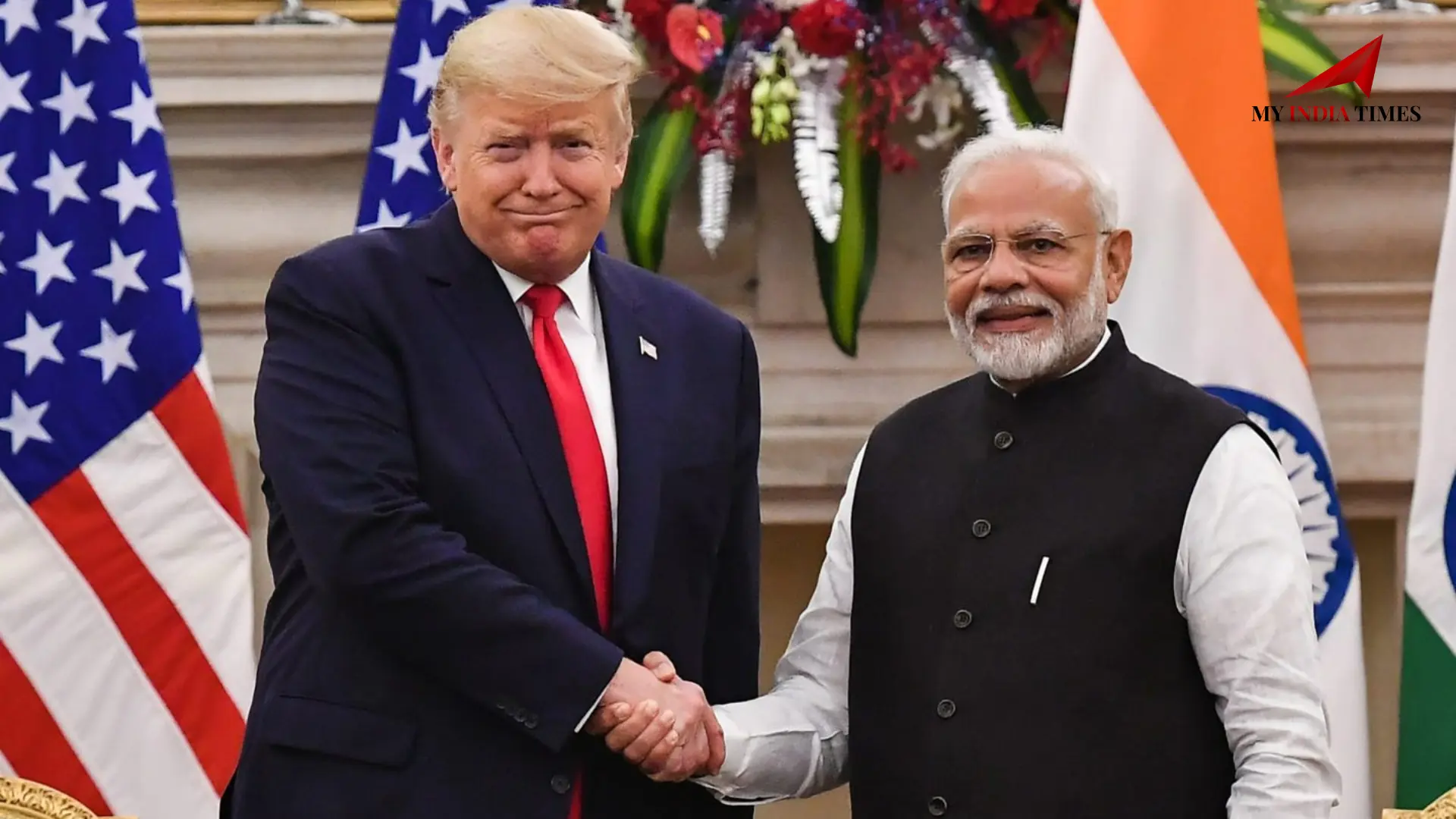

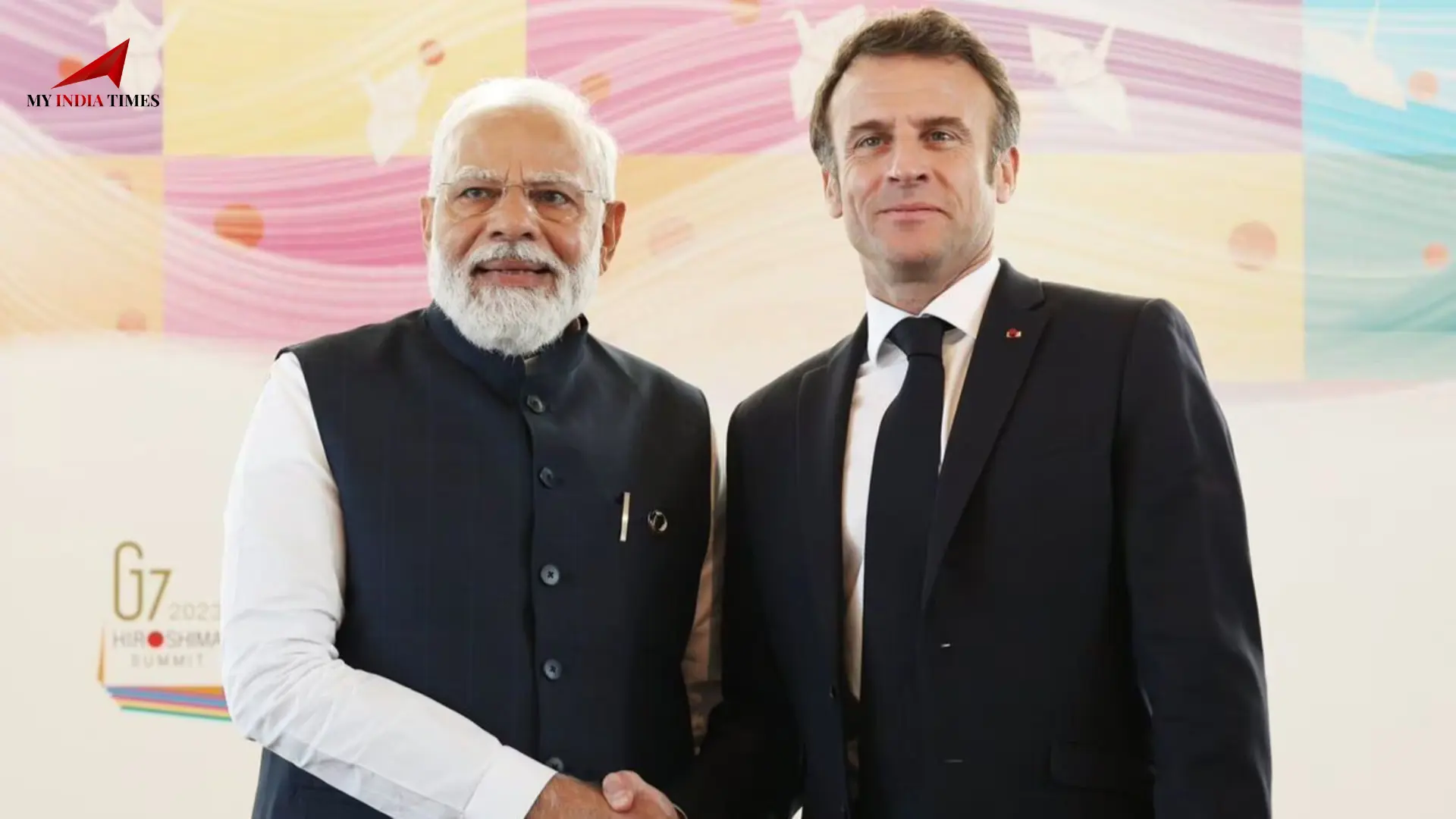
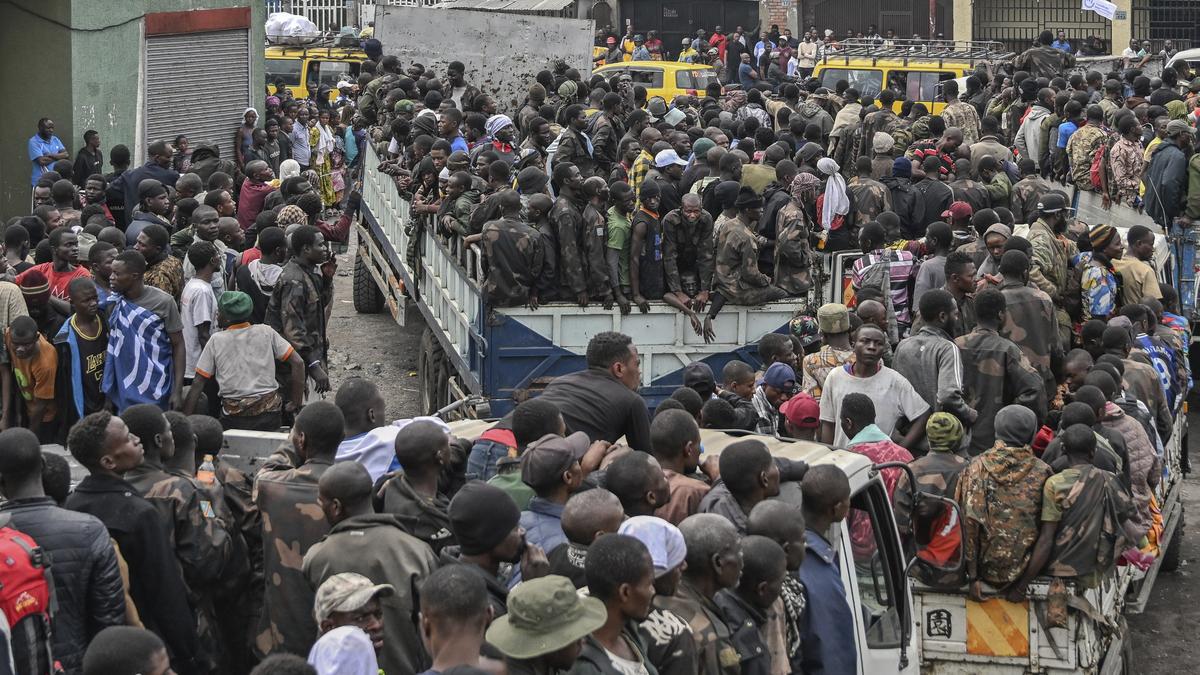
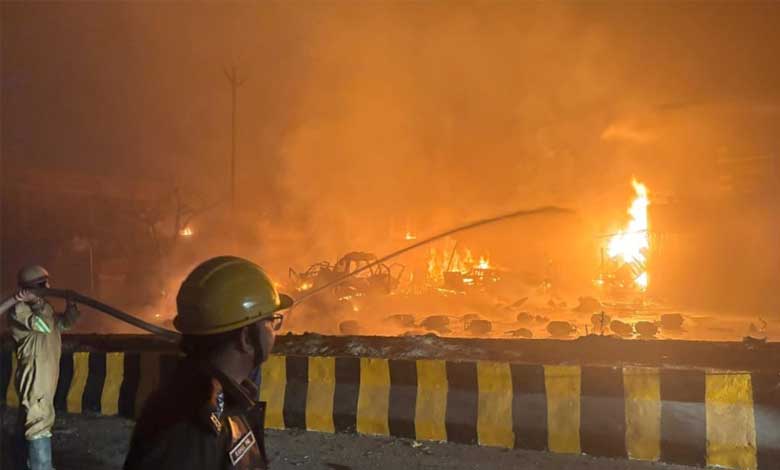




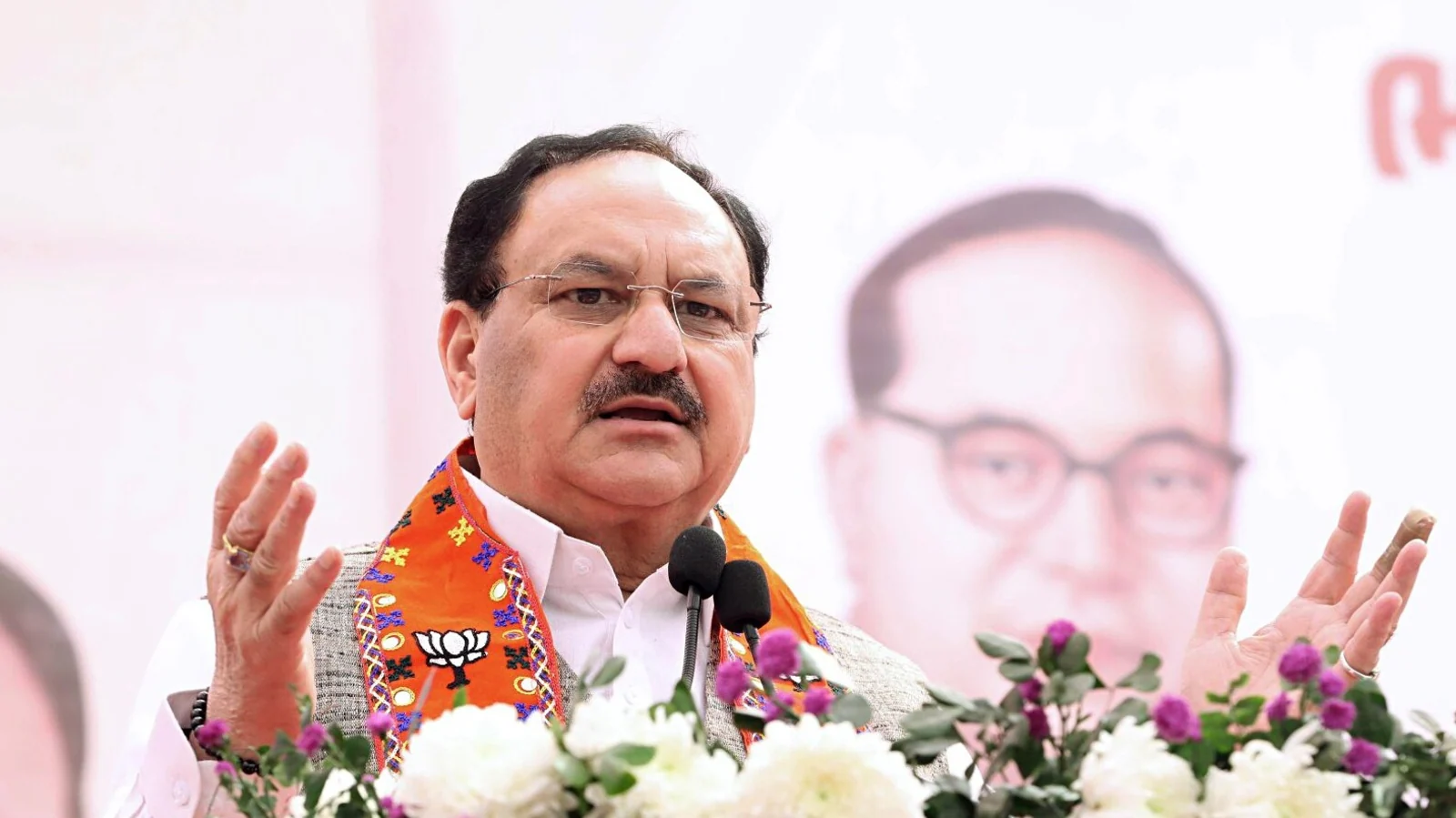



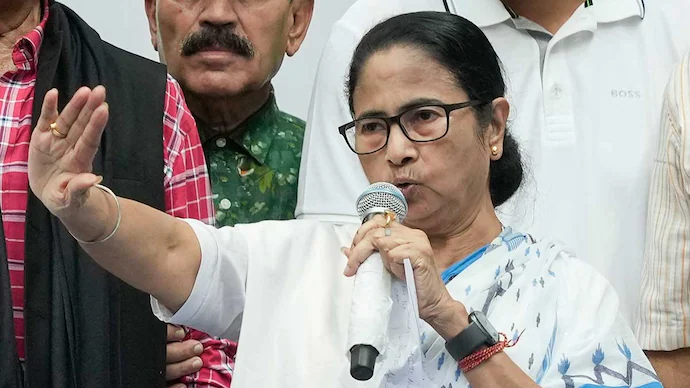

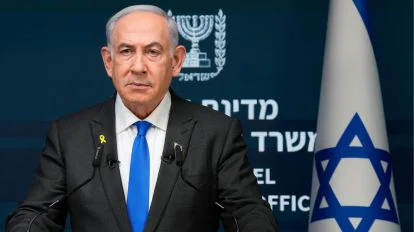






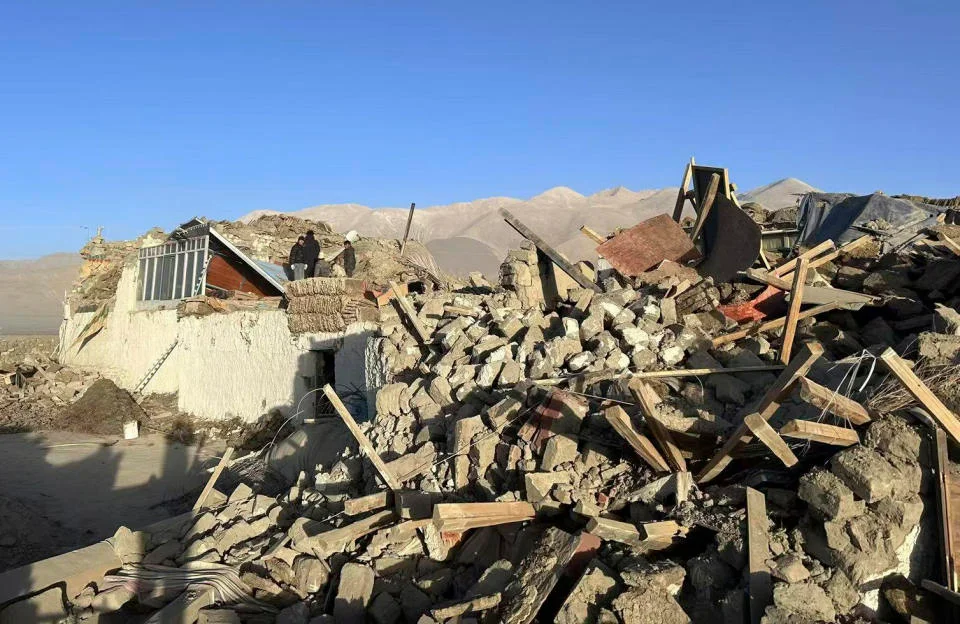


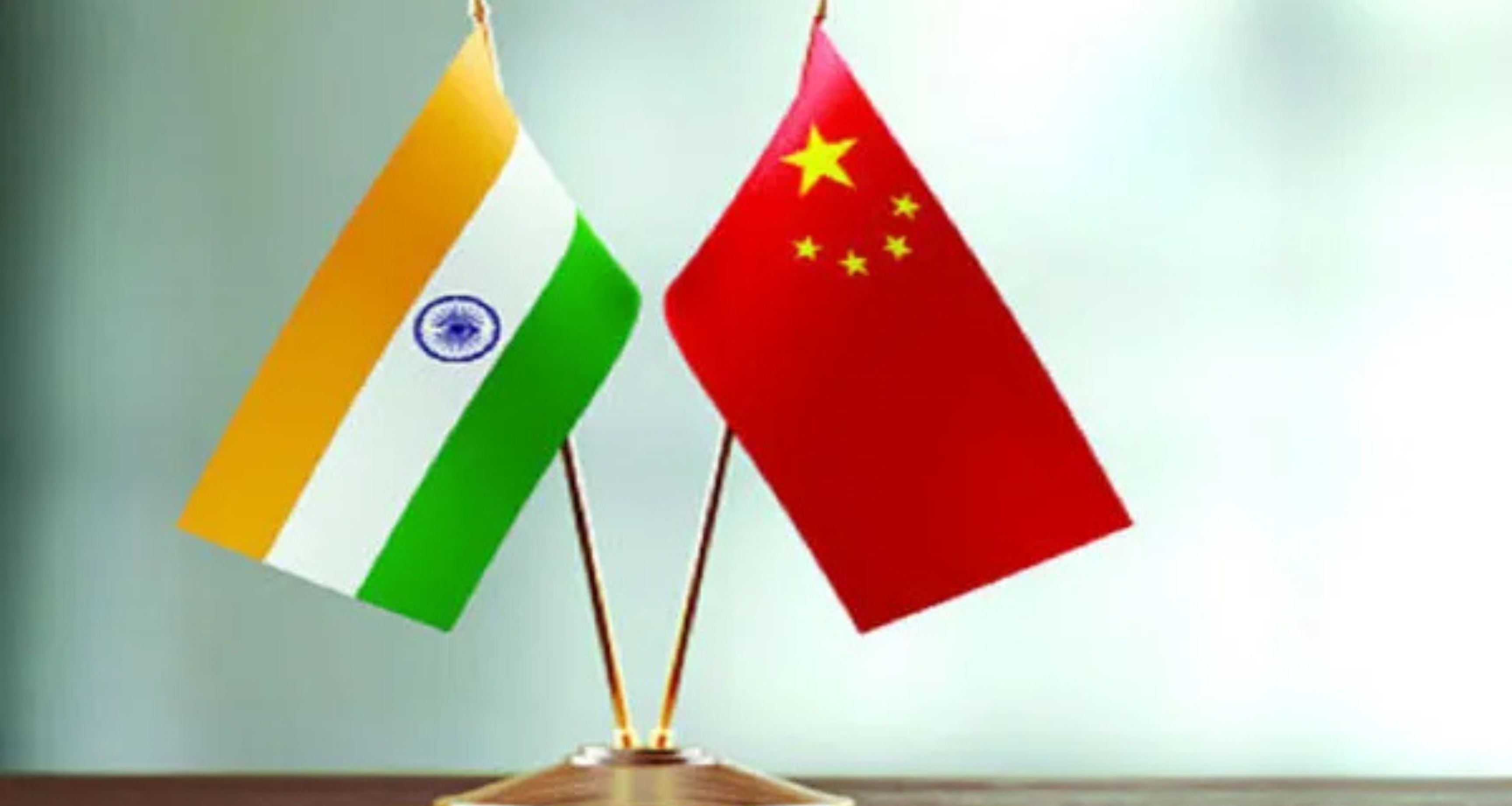

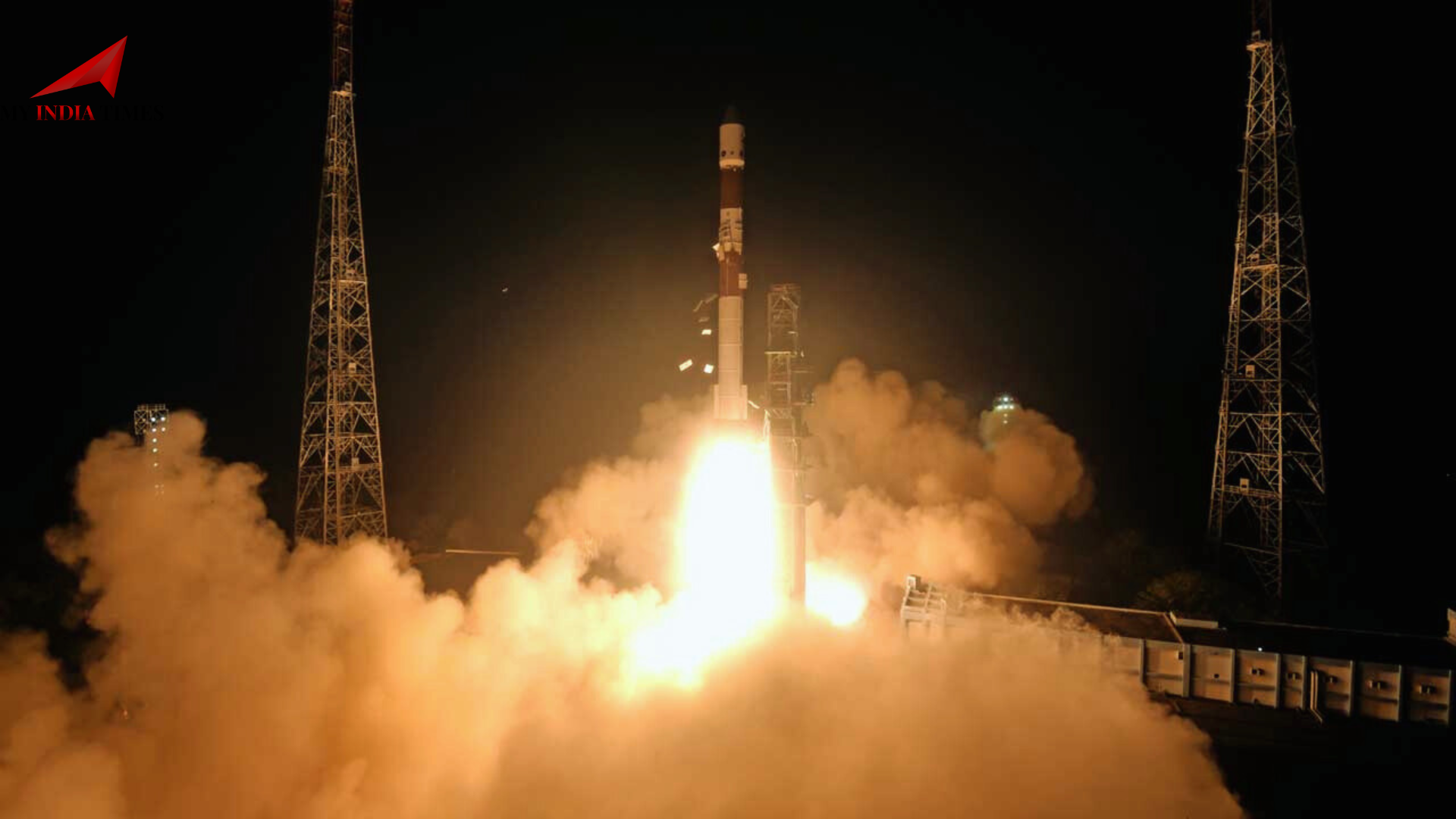



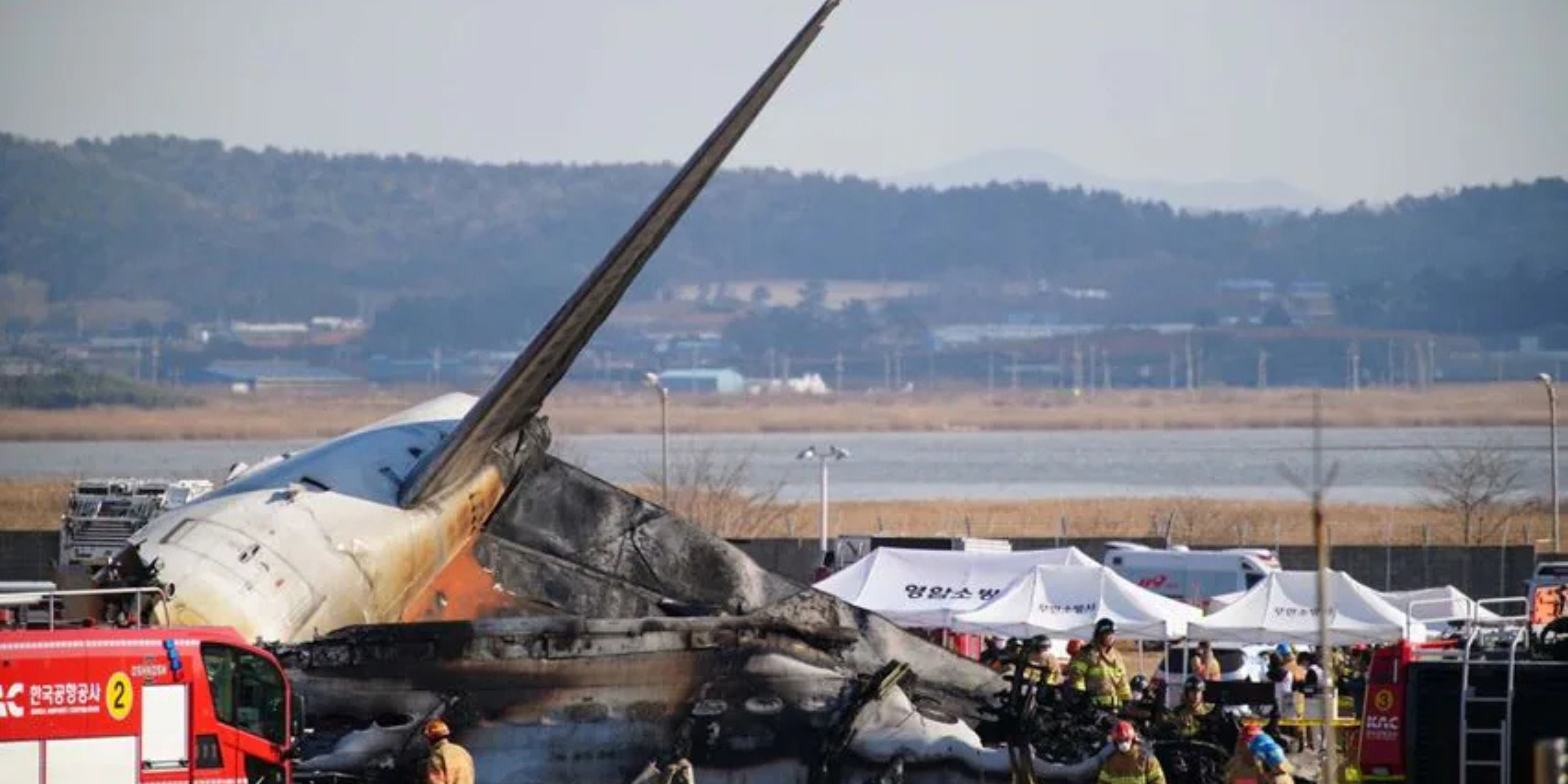
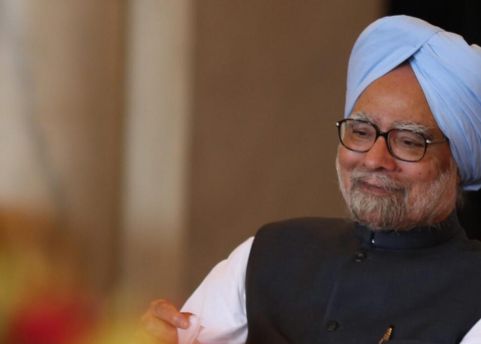
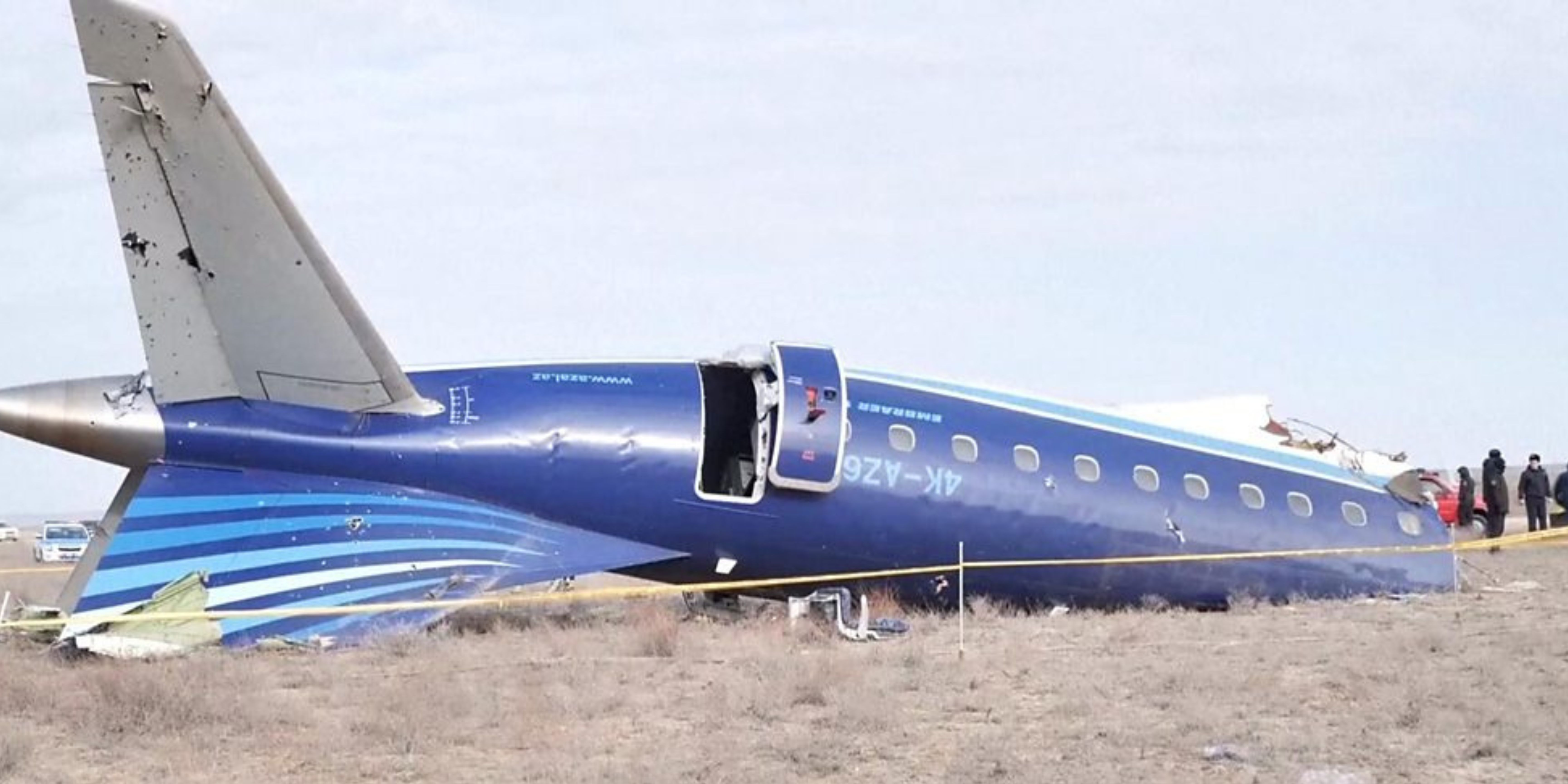








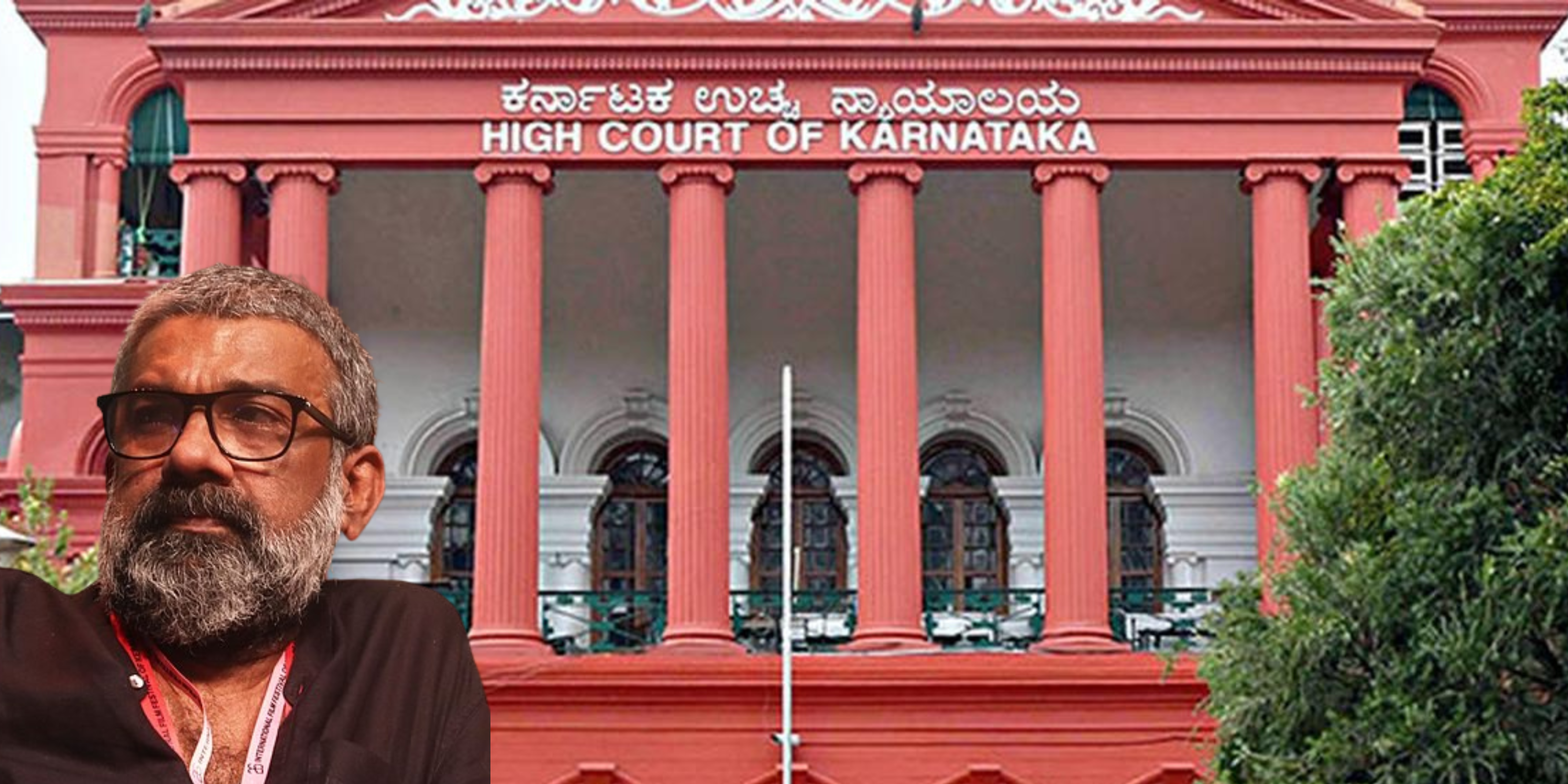
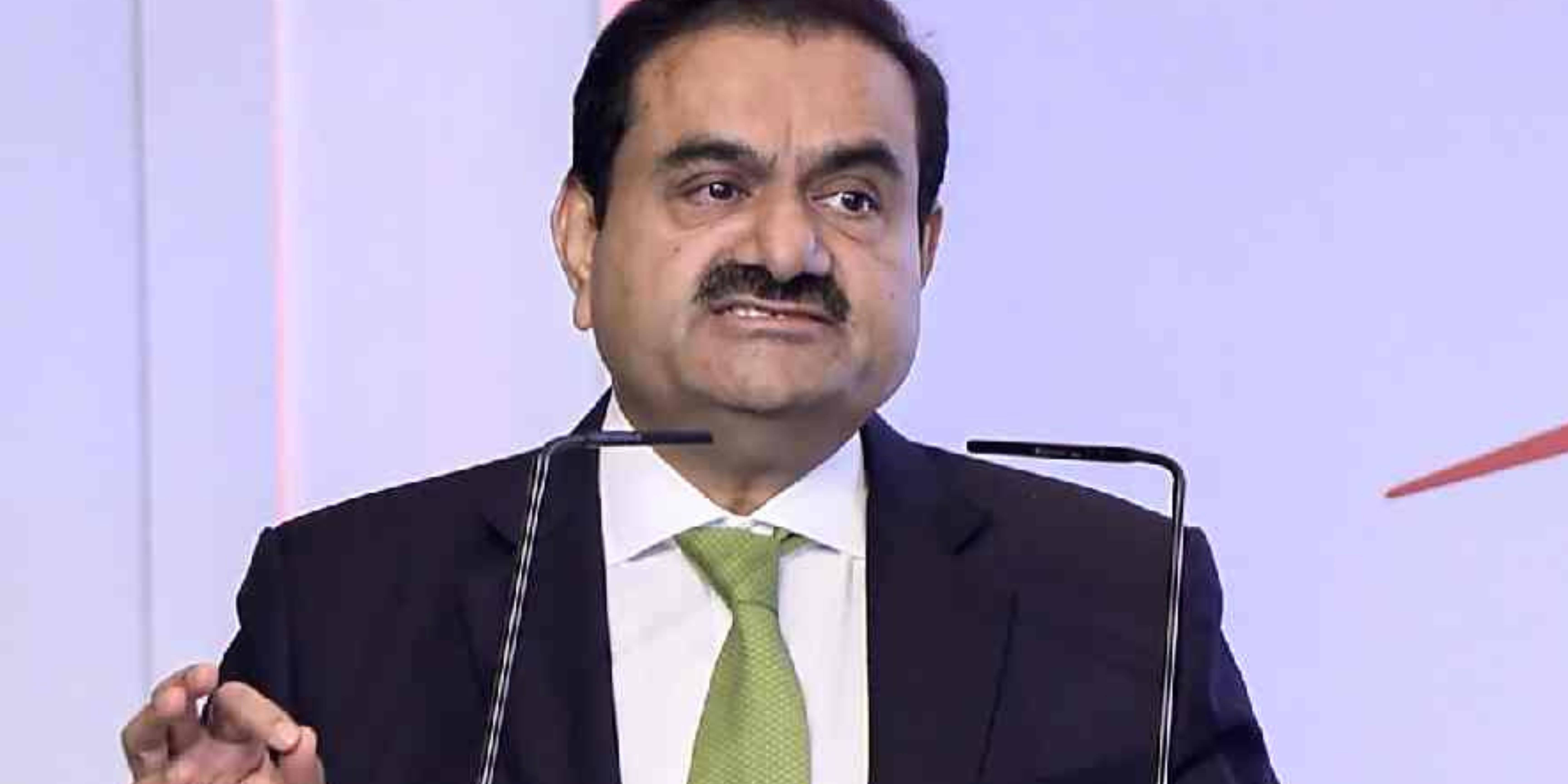

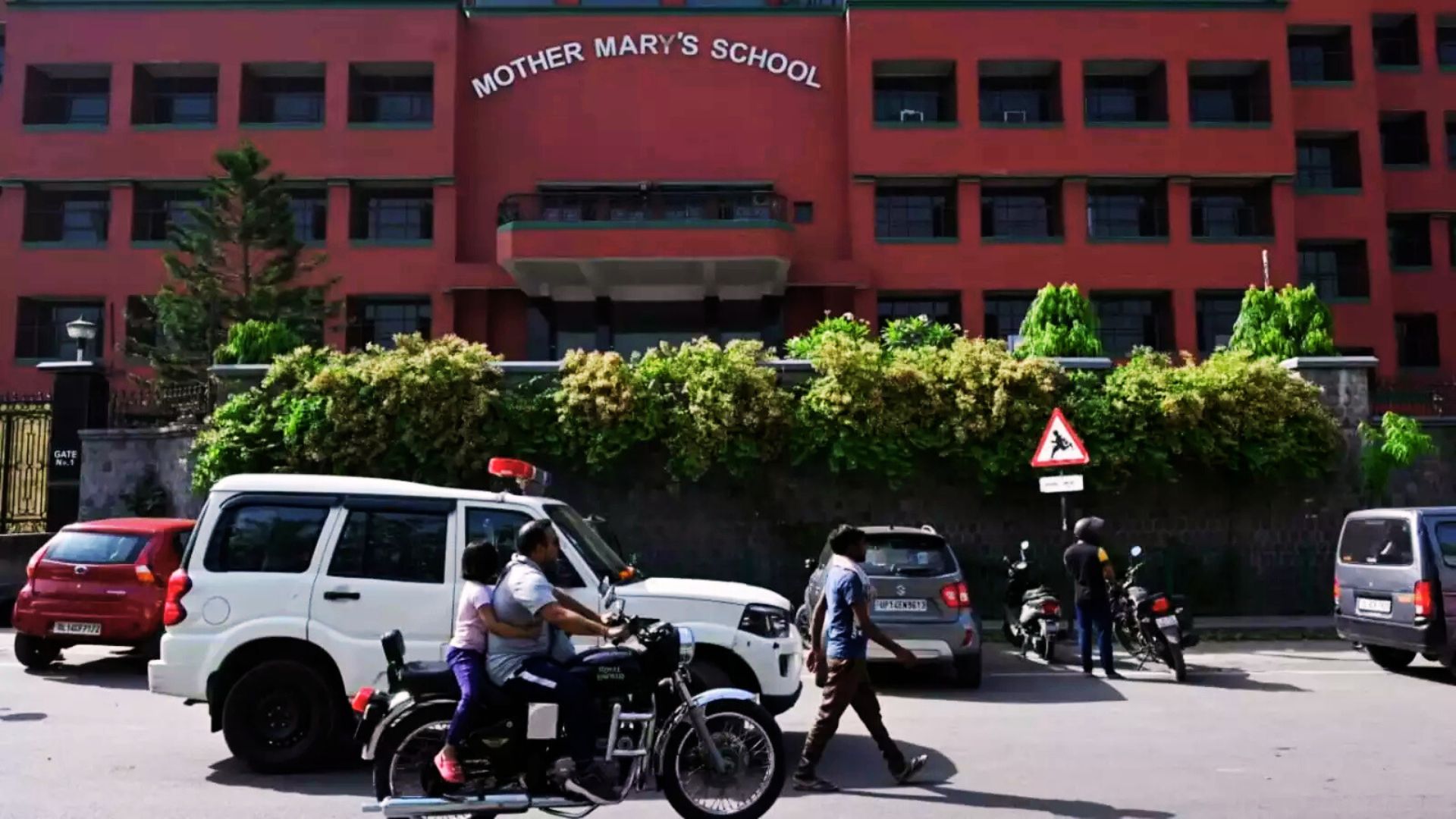
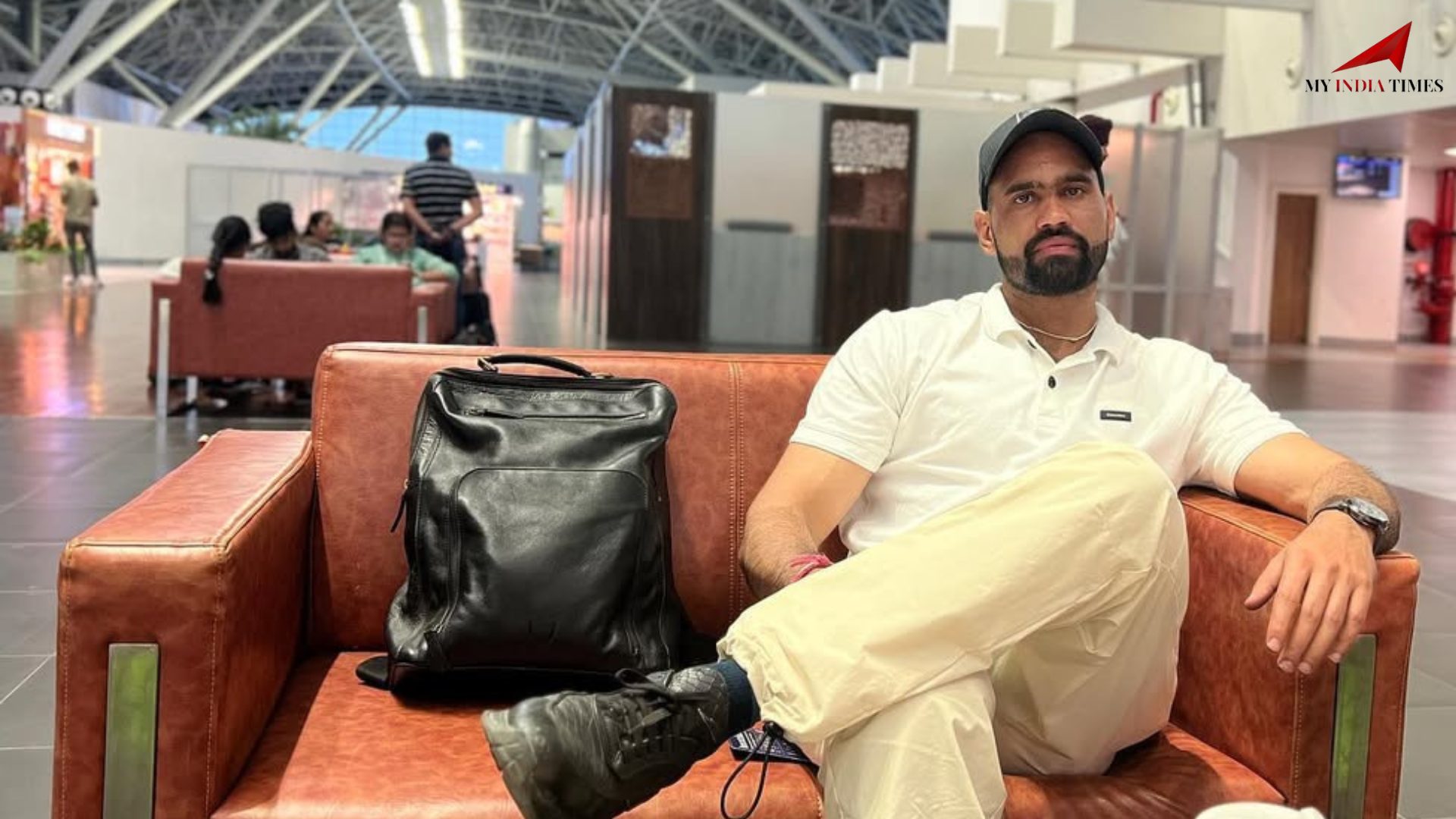
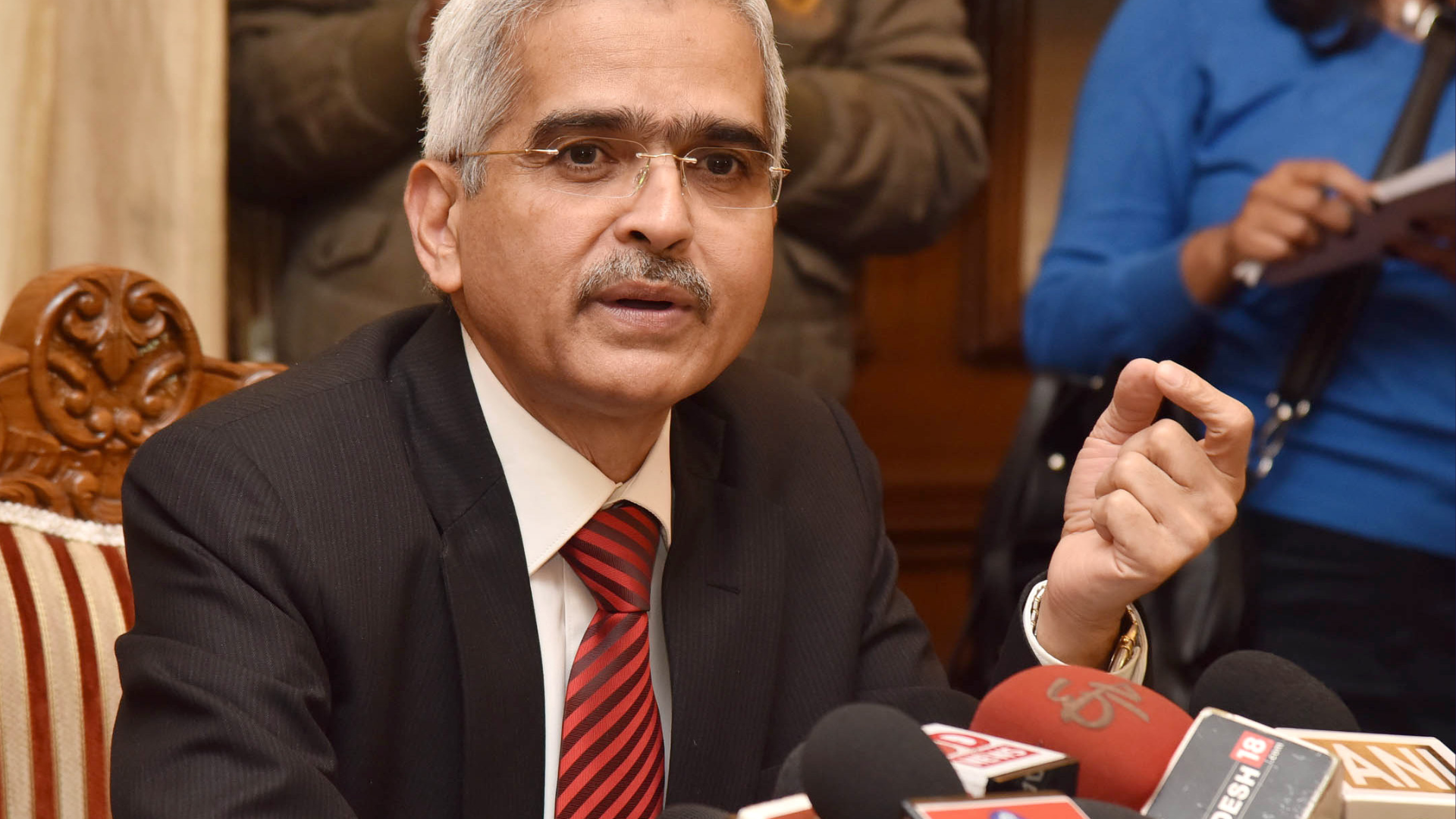
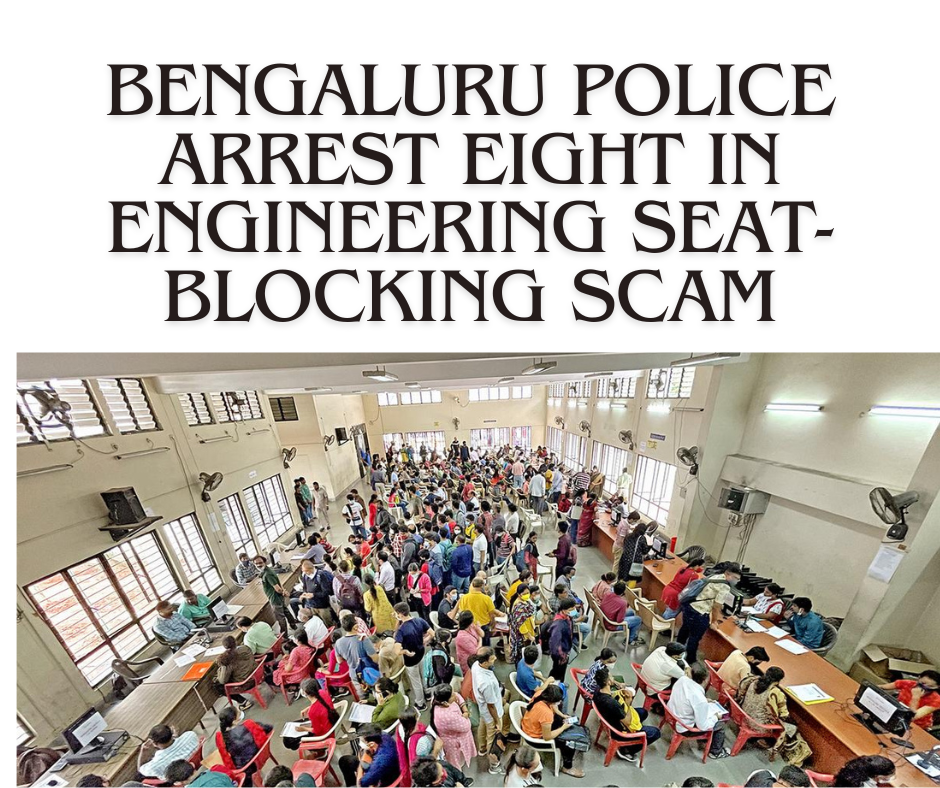


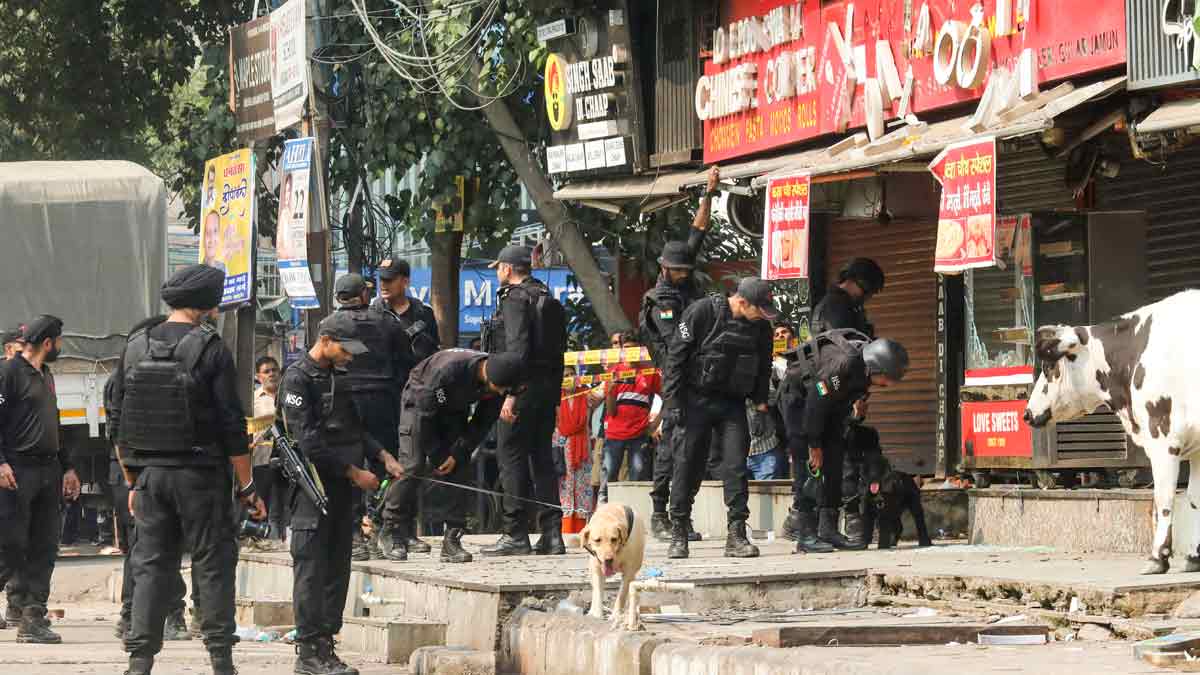



.png)
 (1).png)

